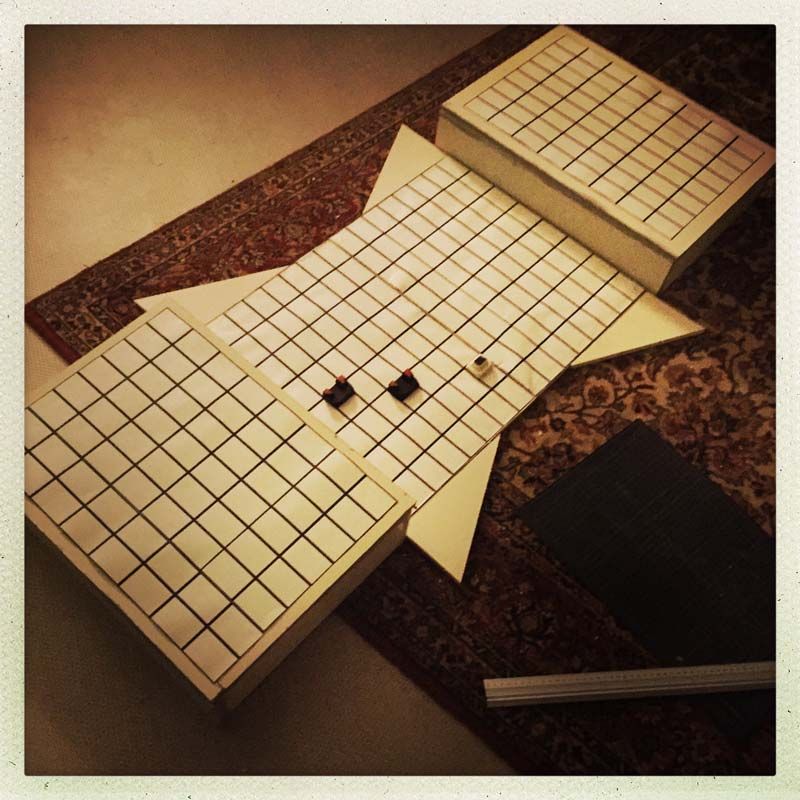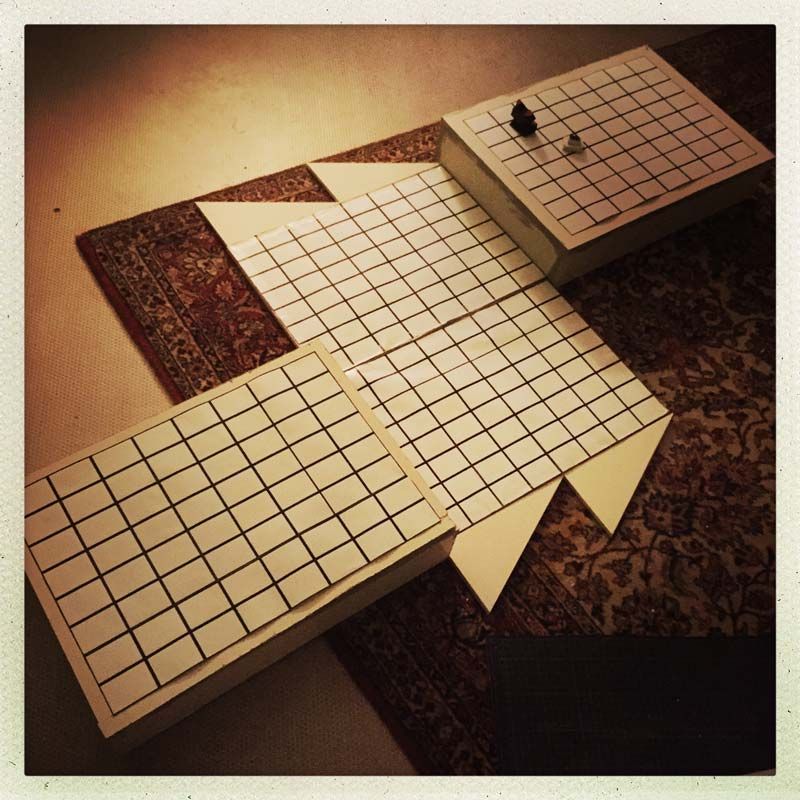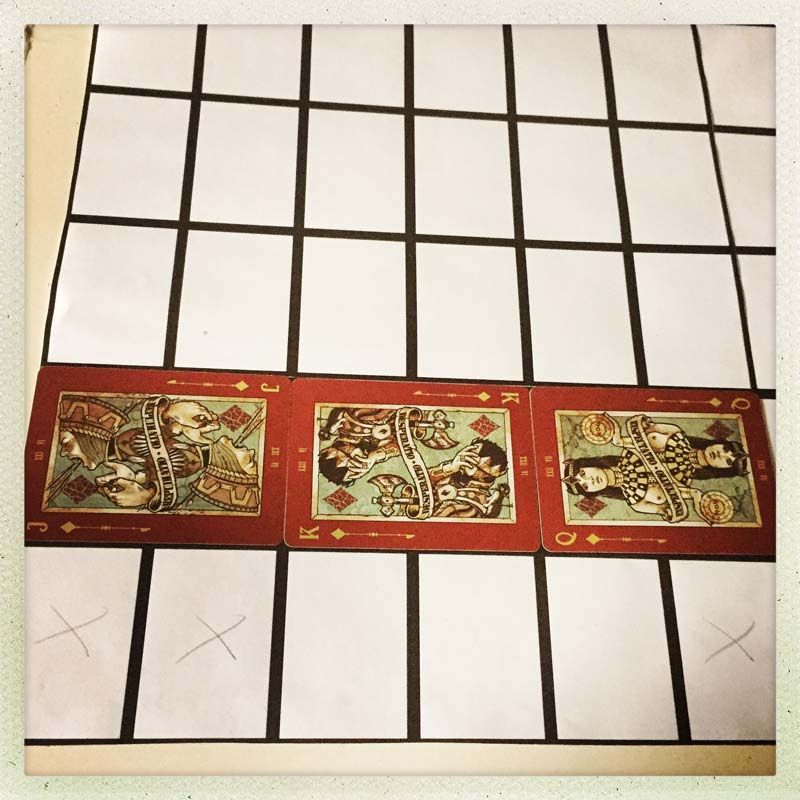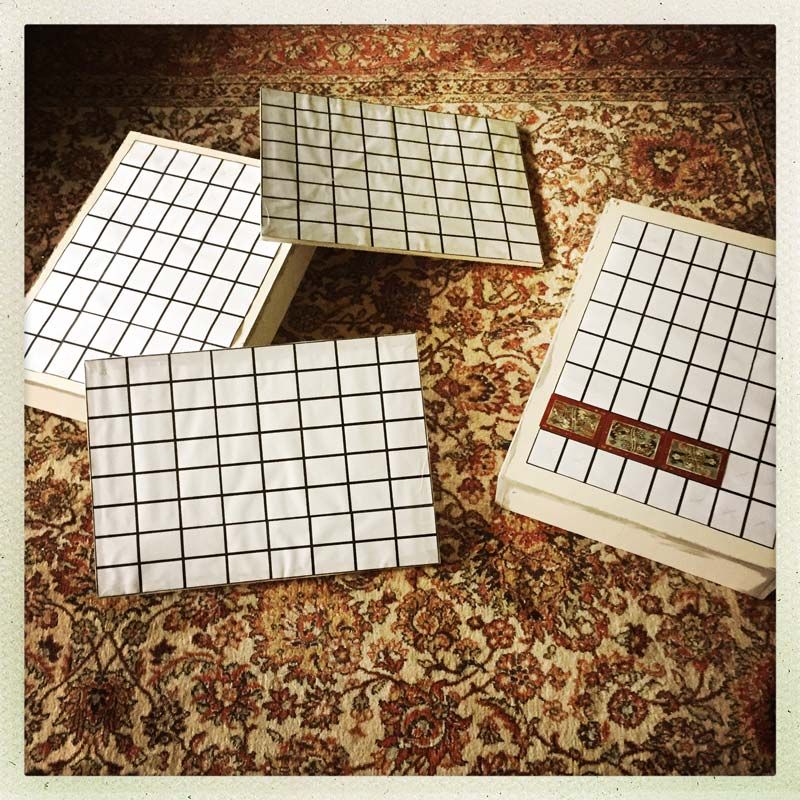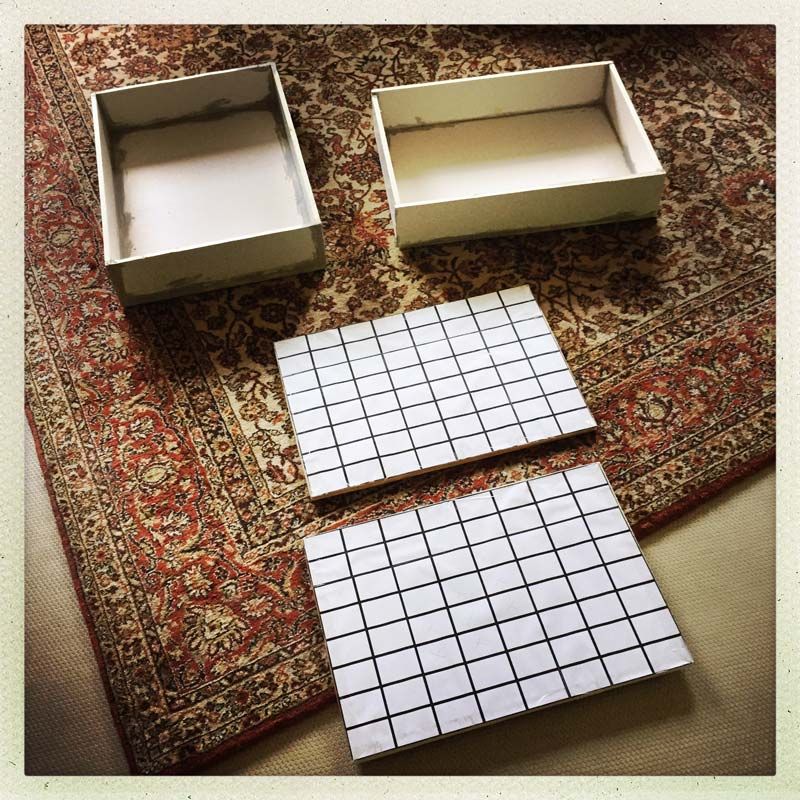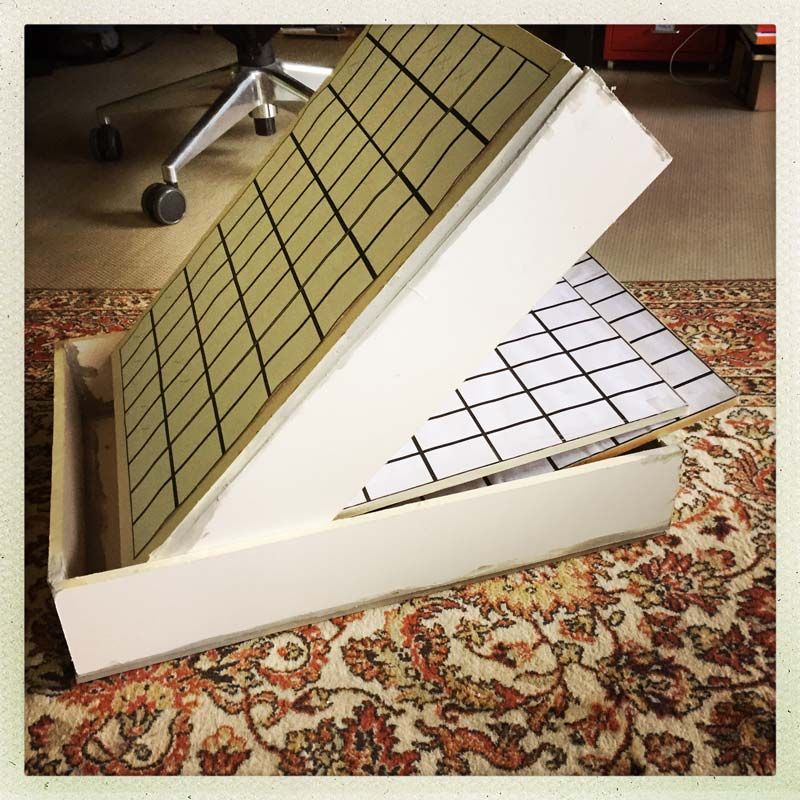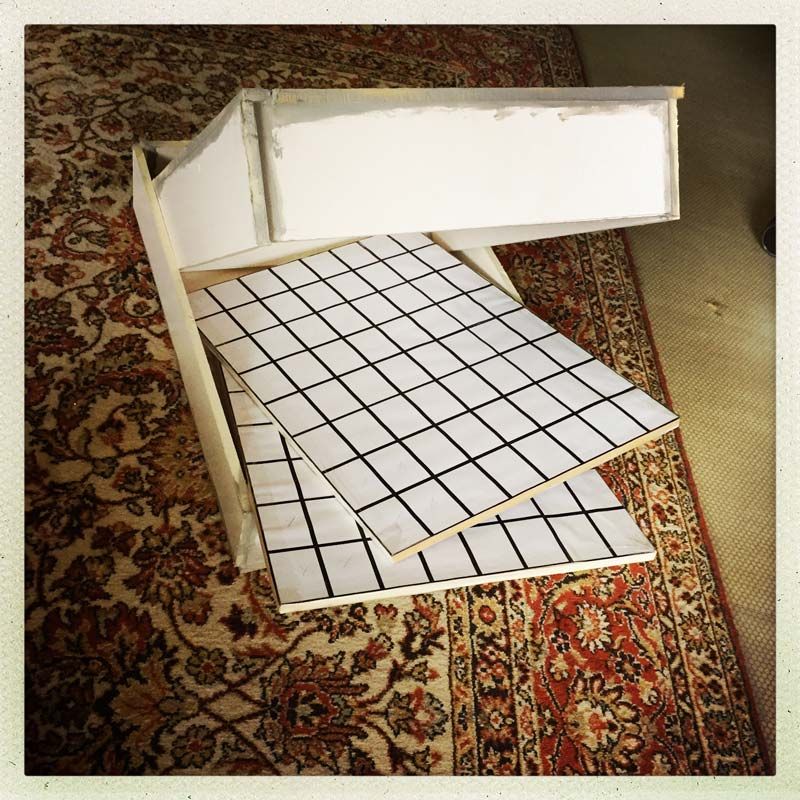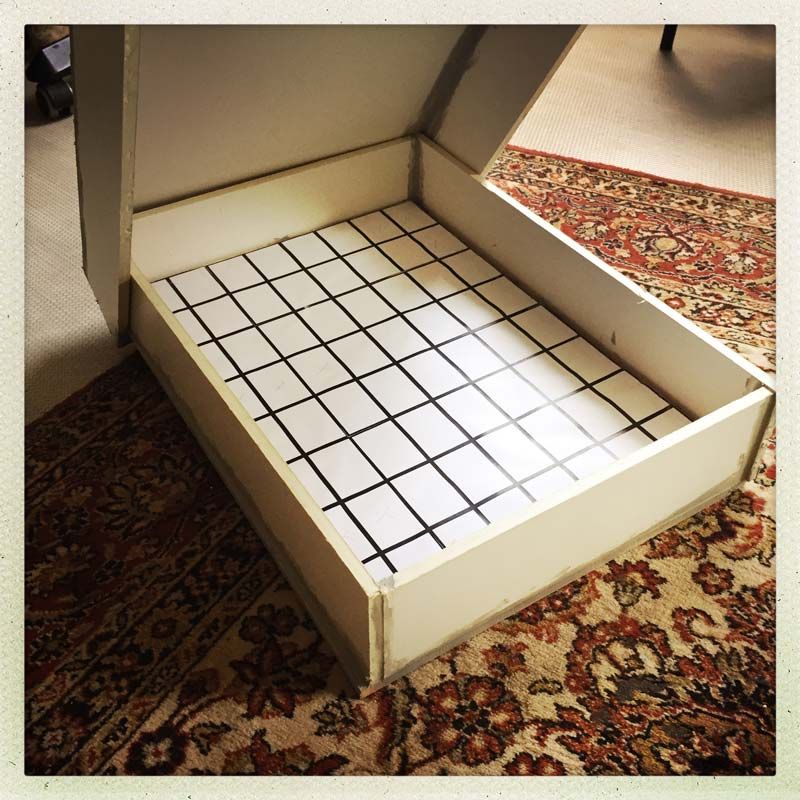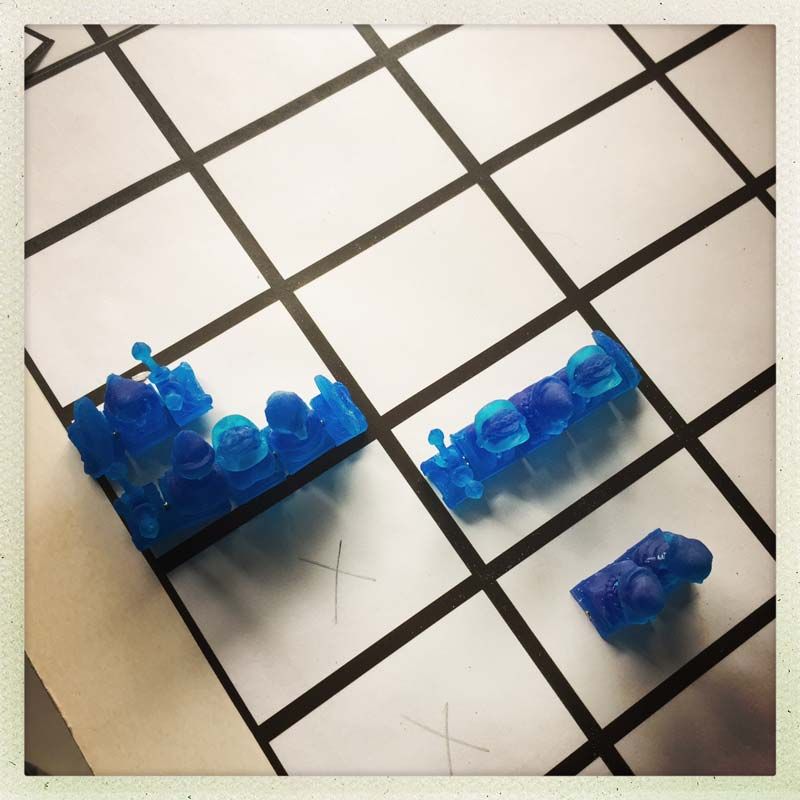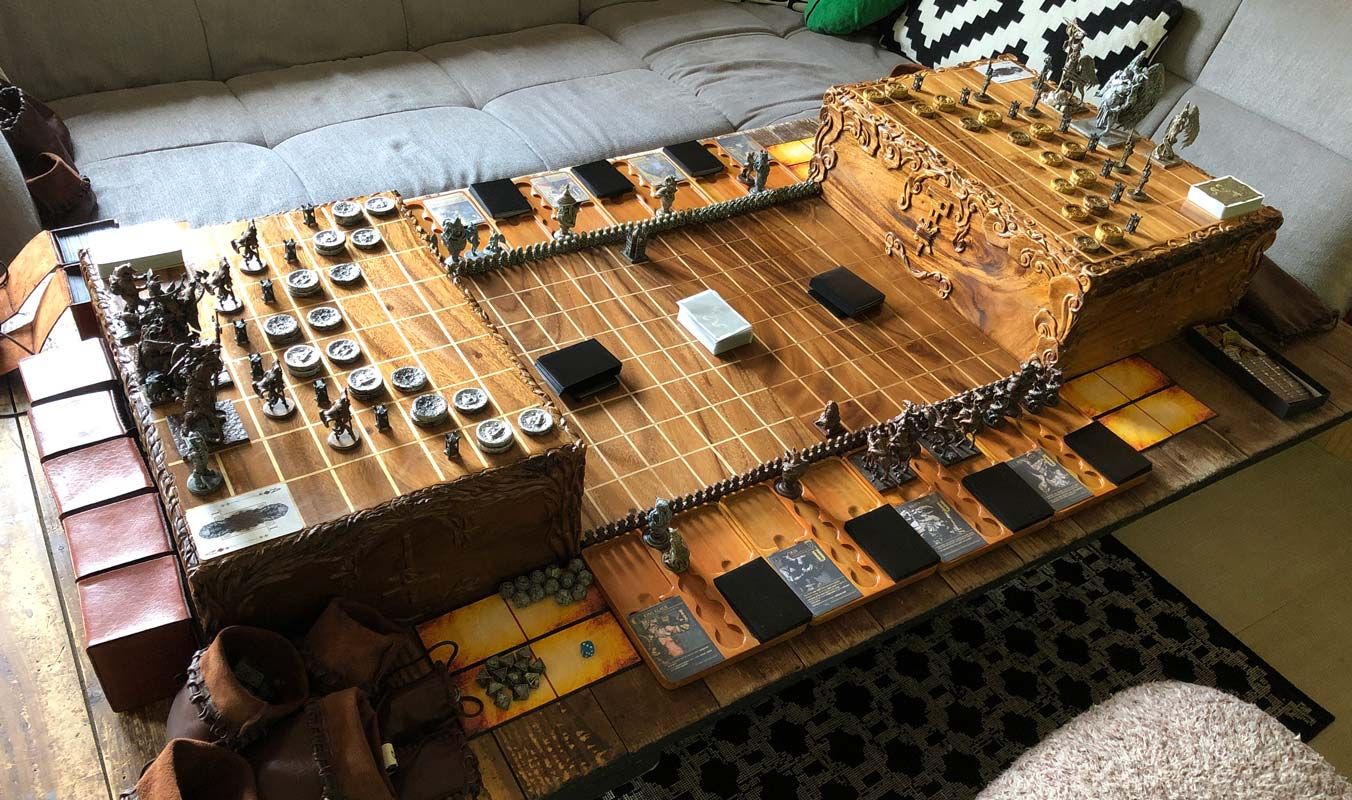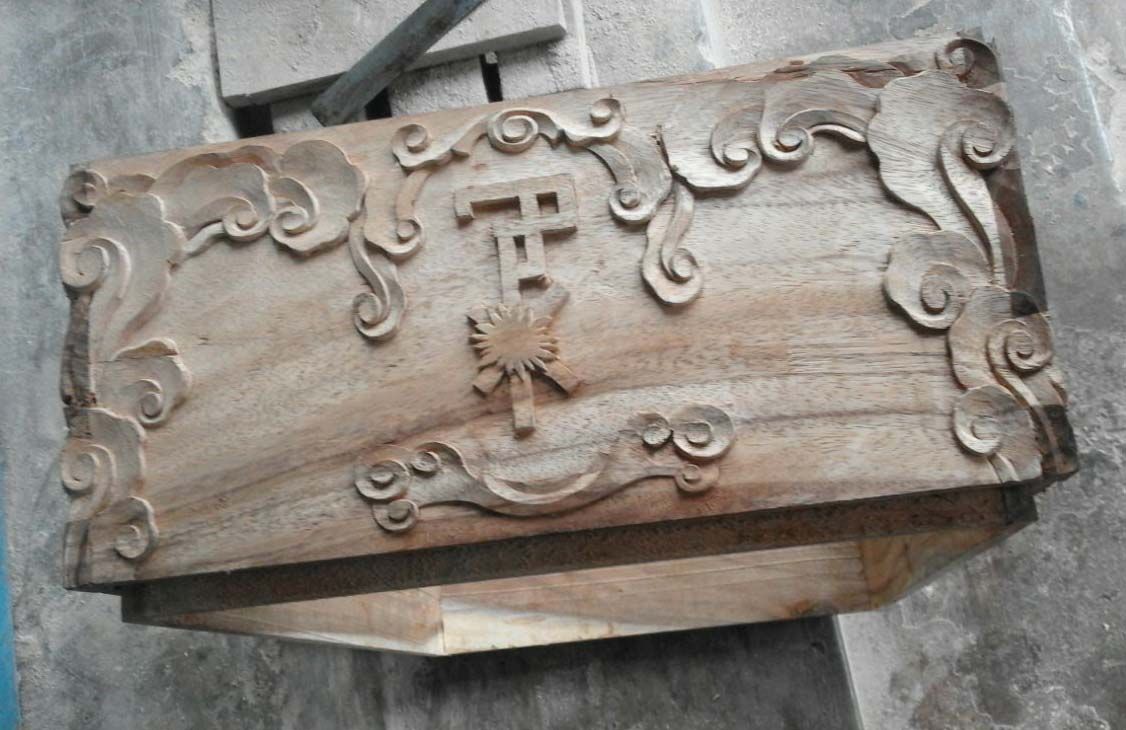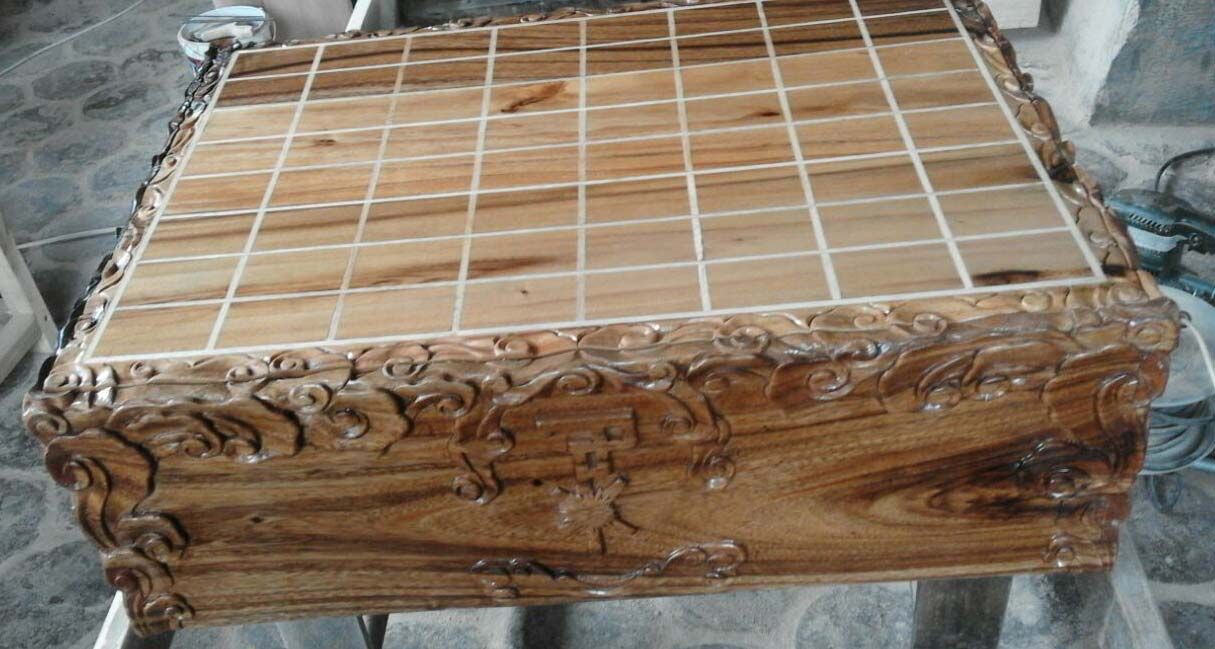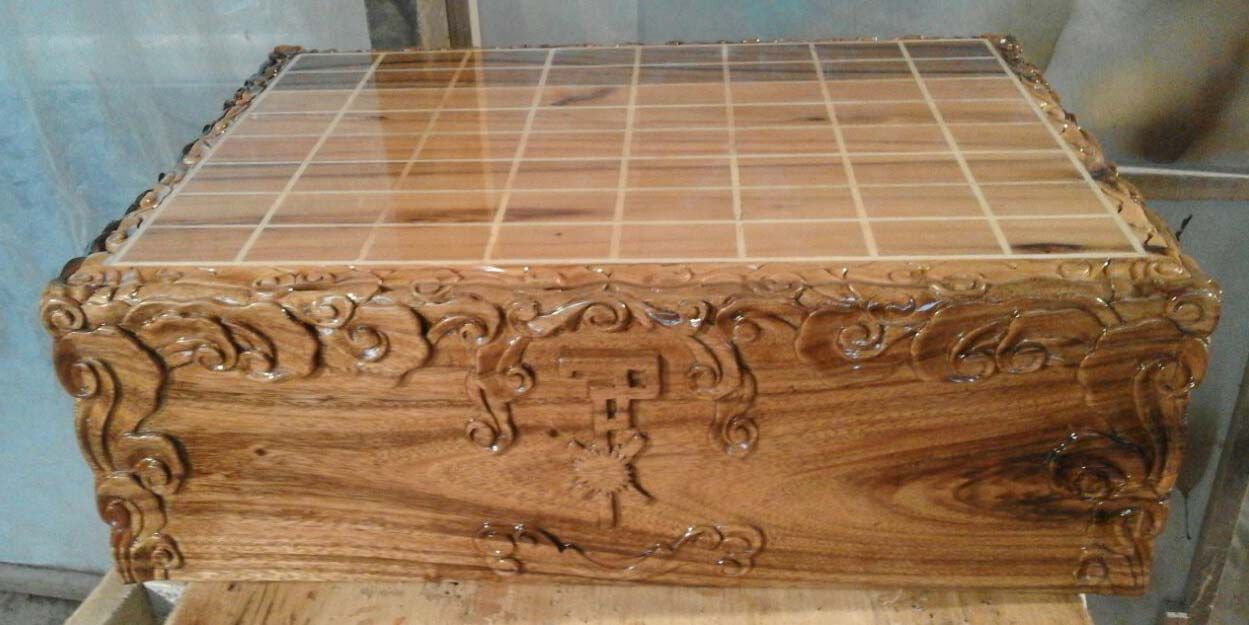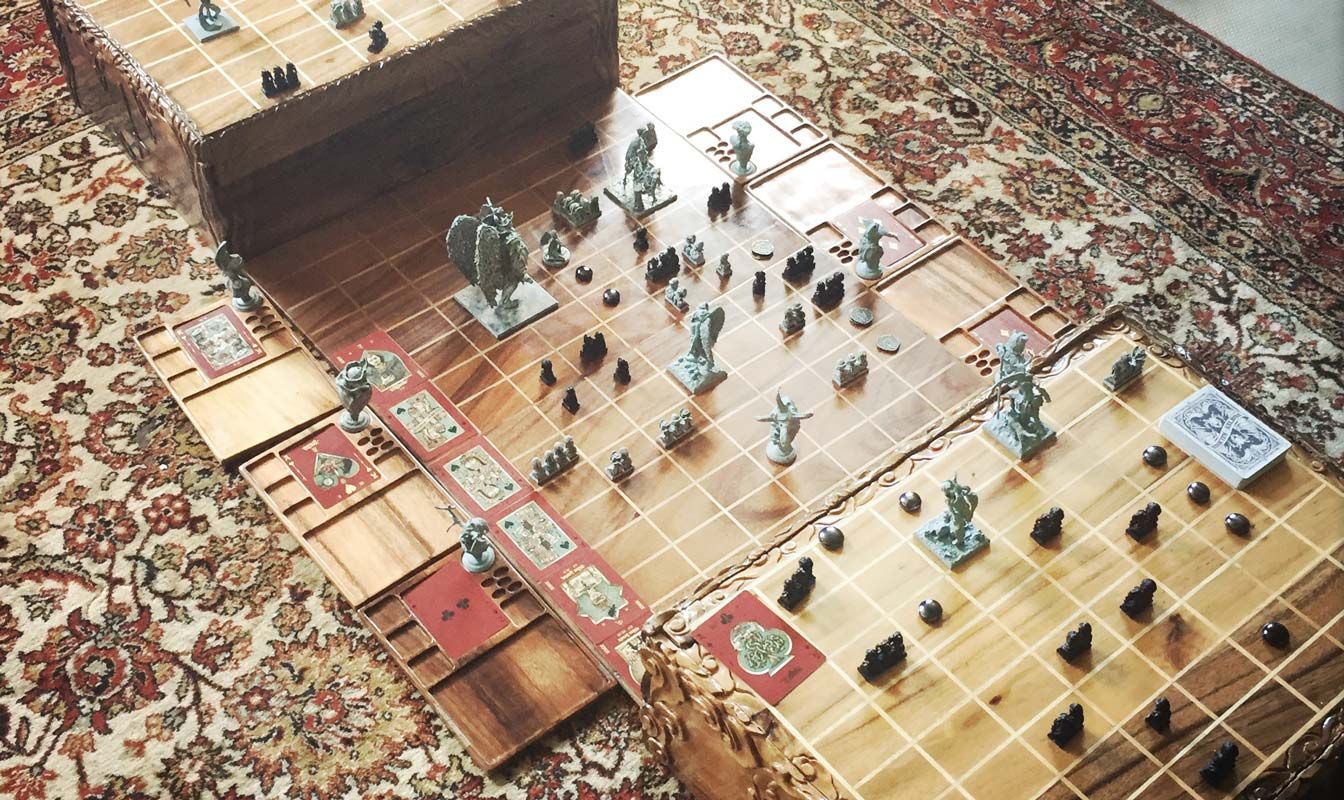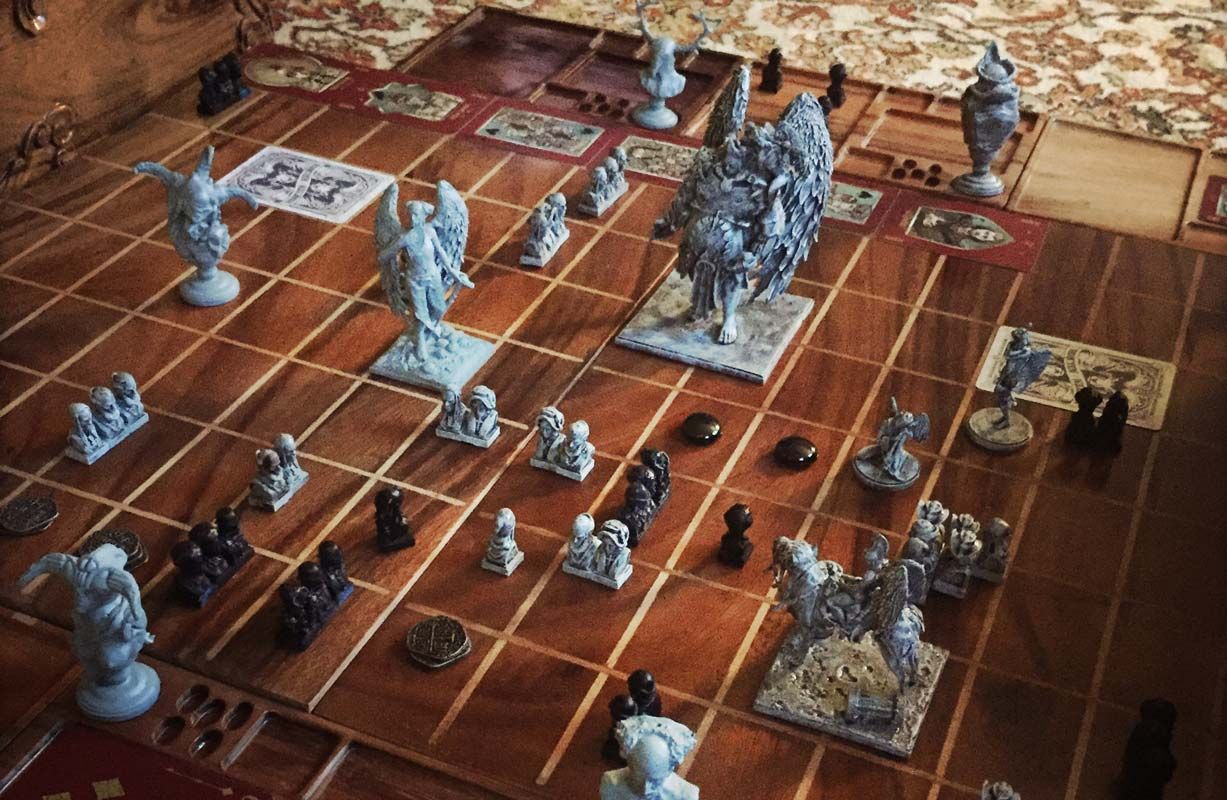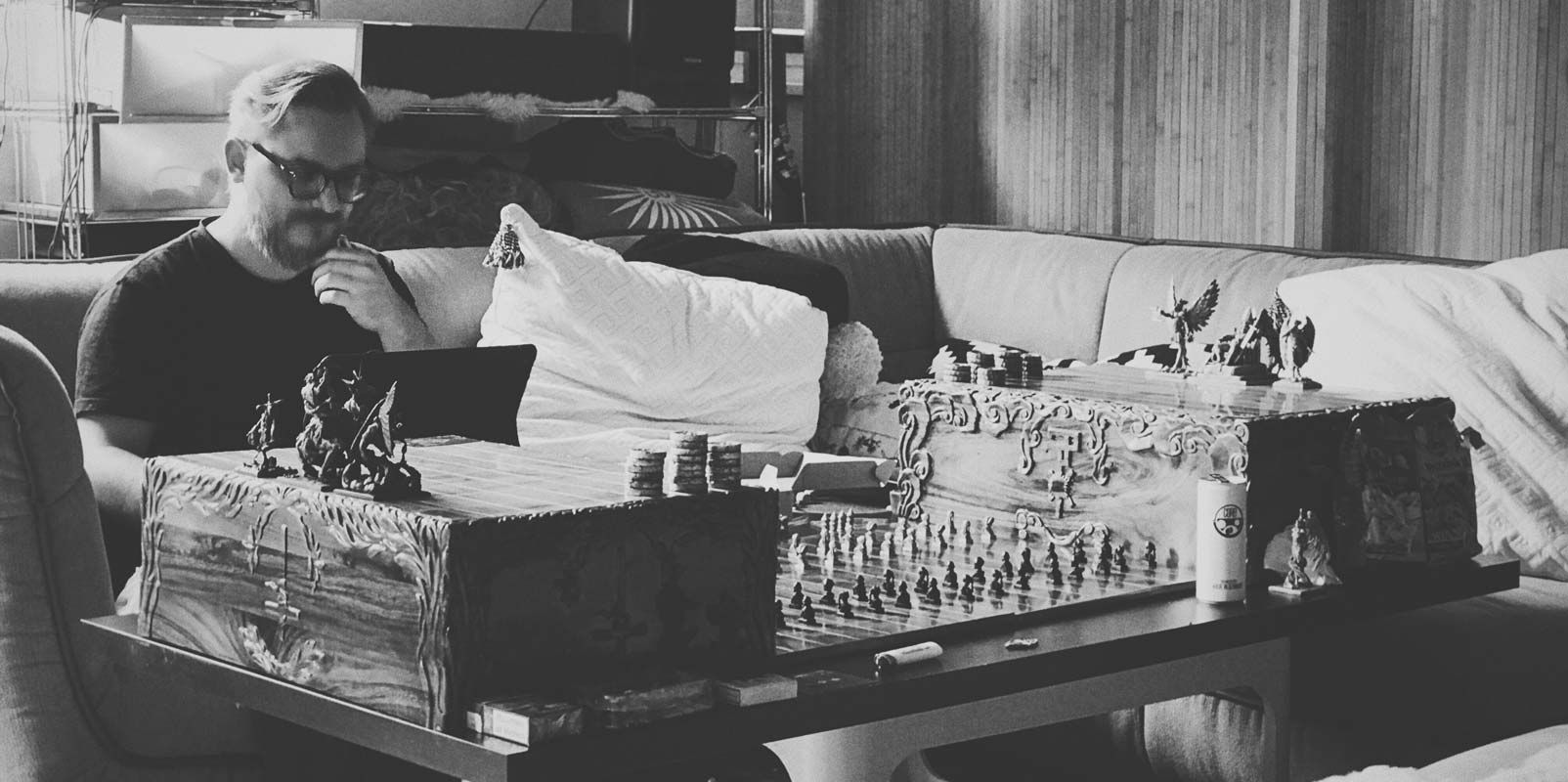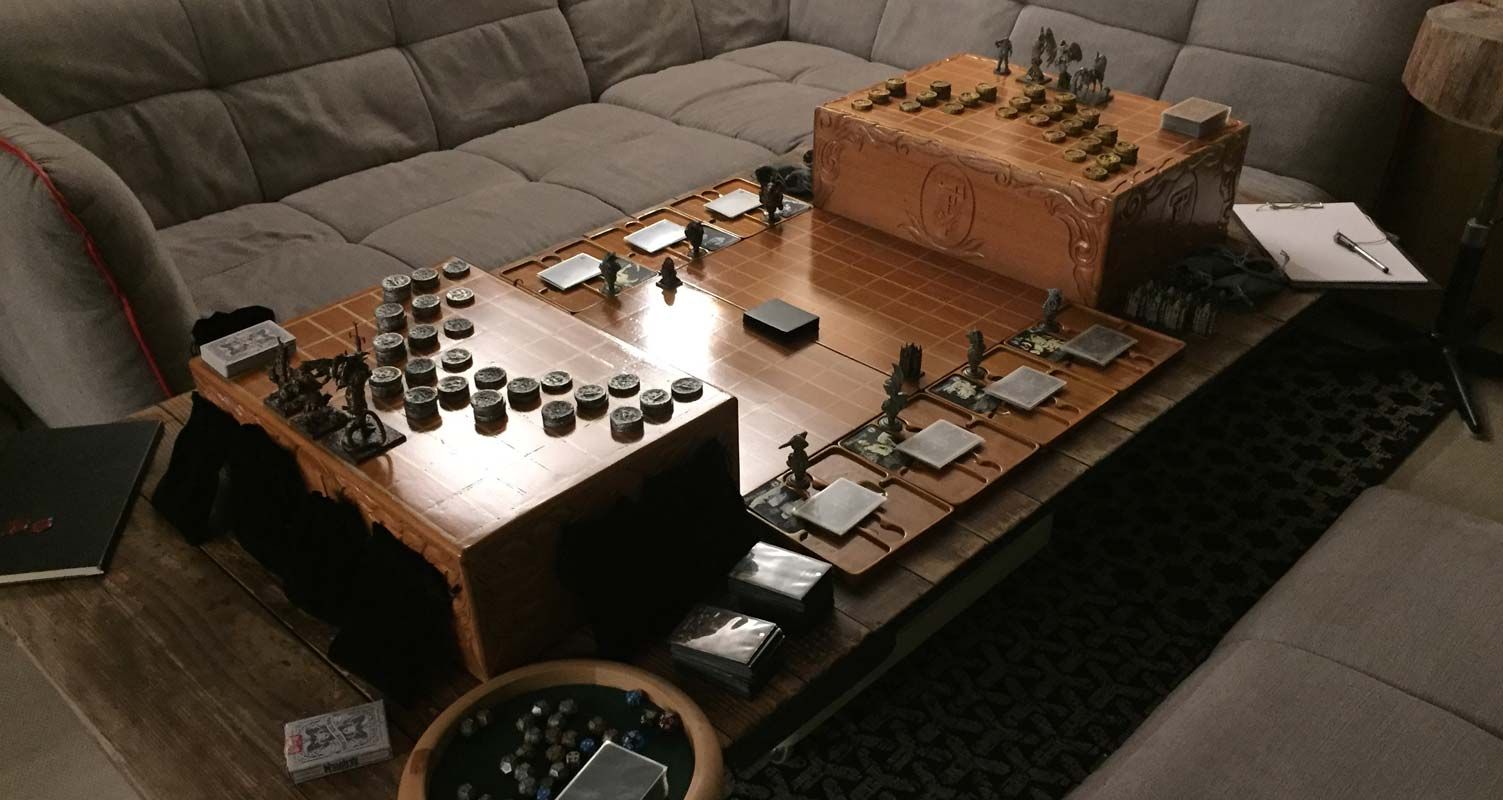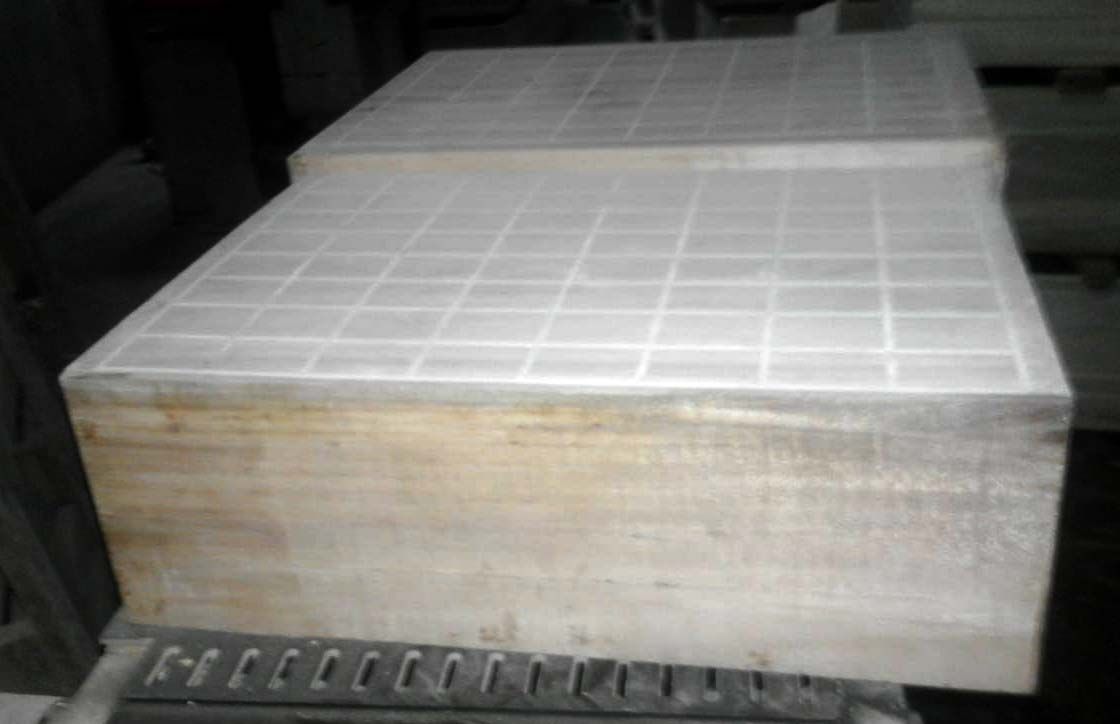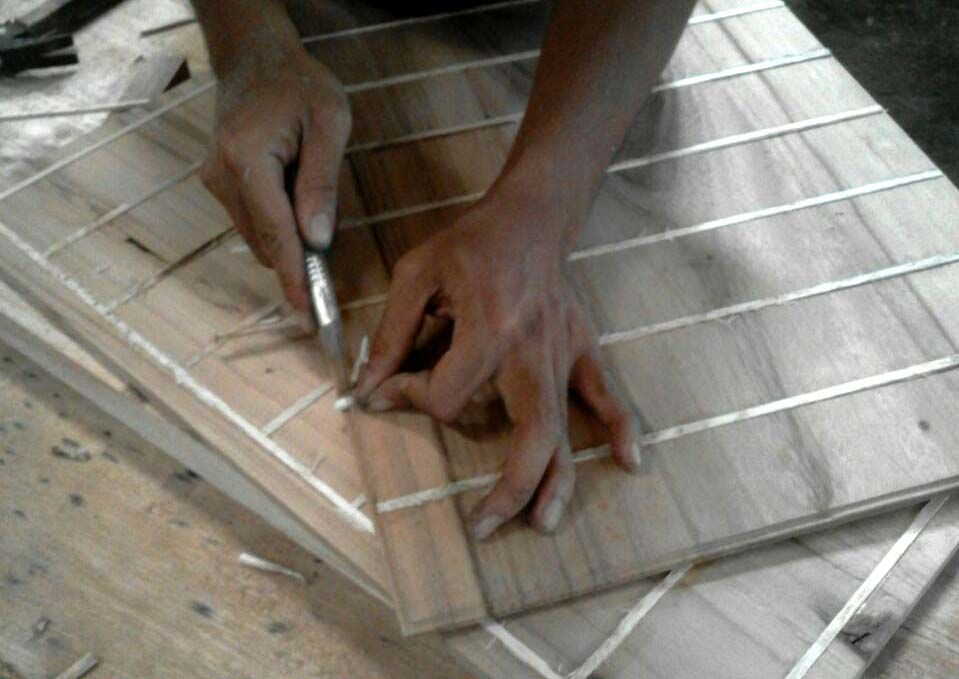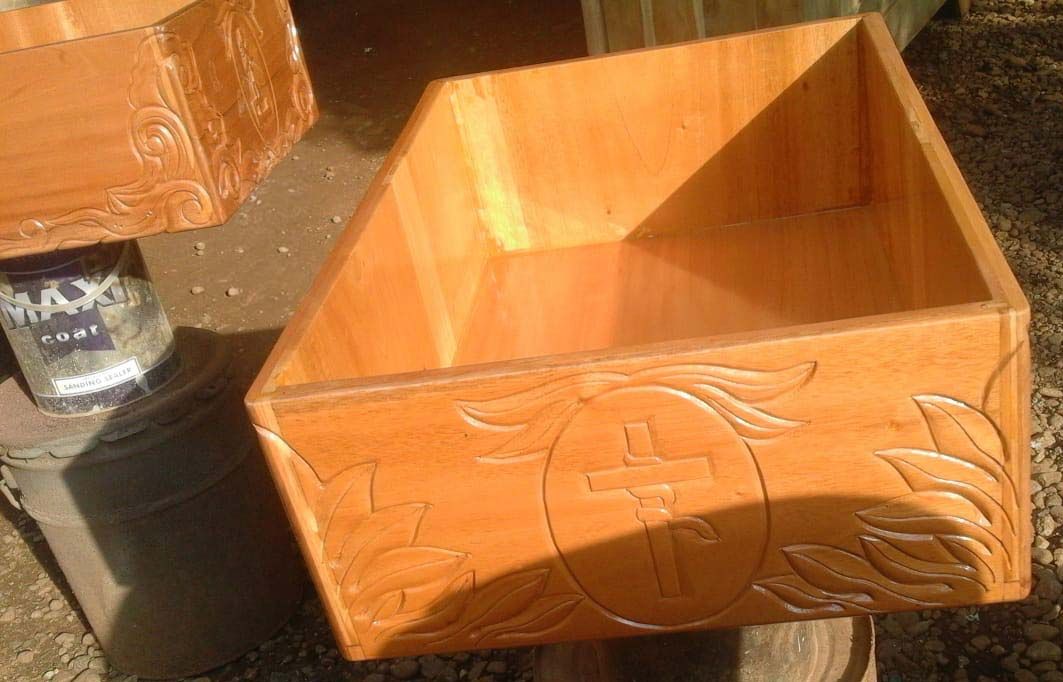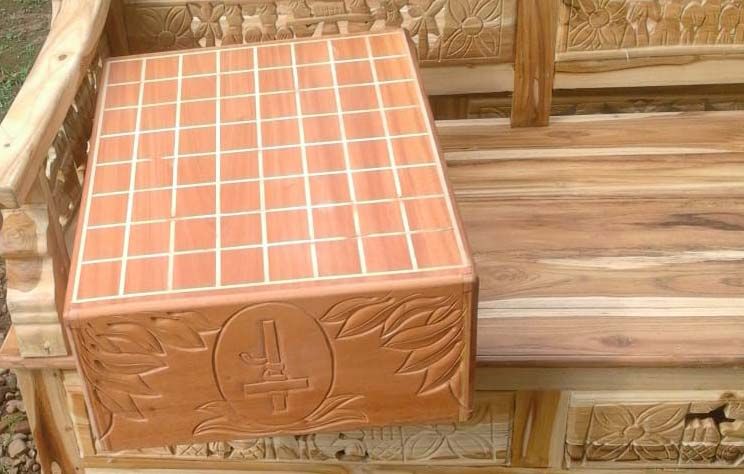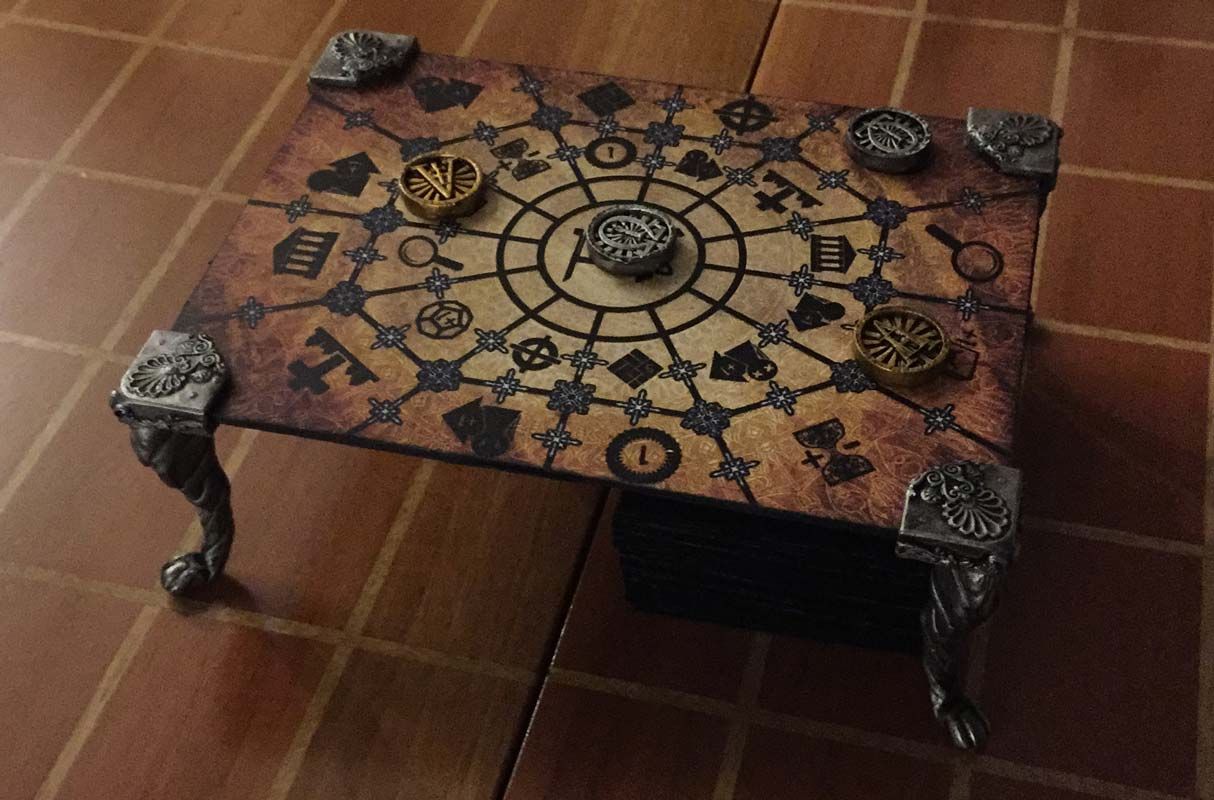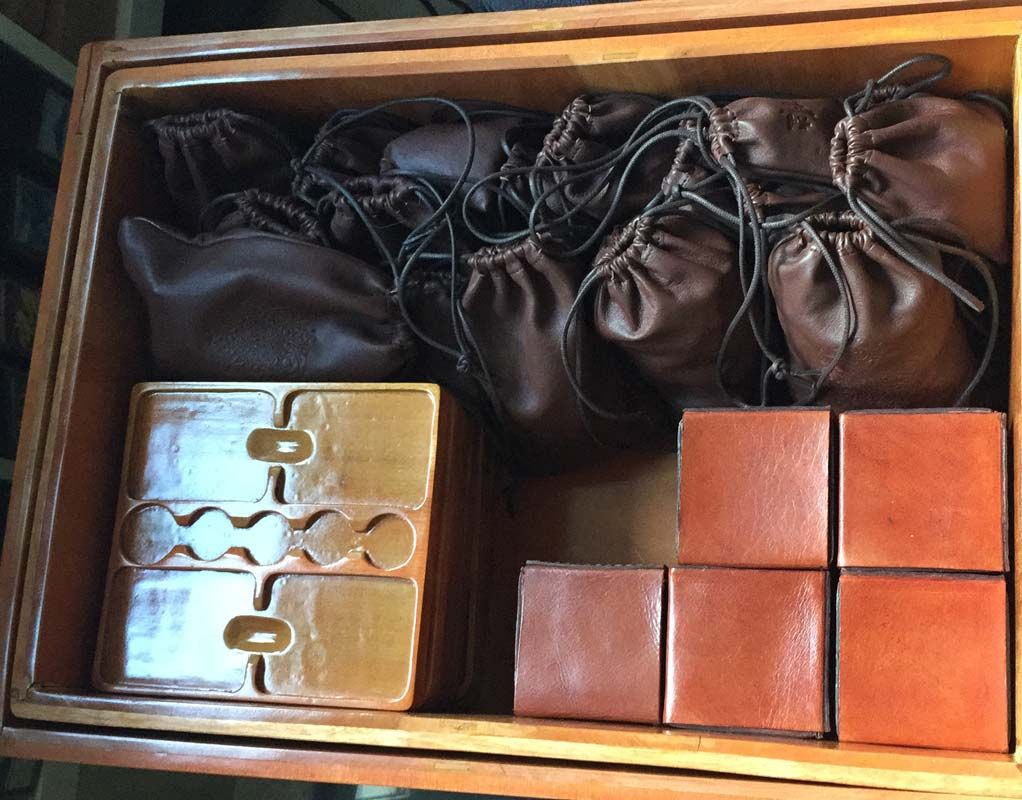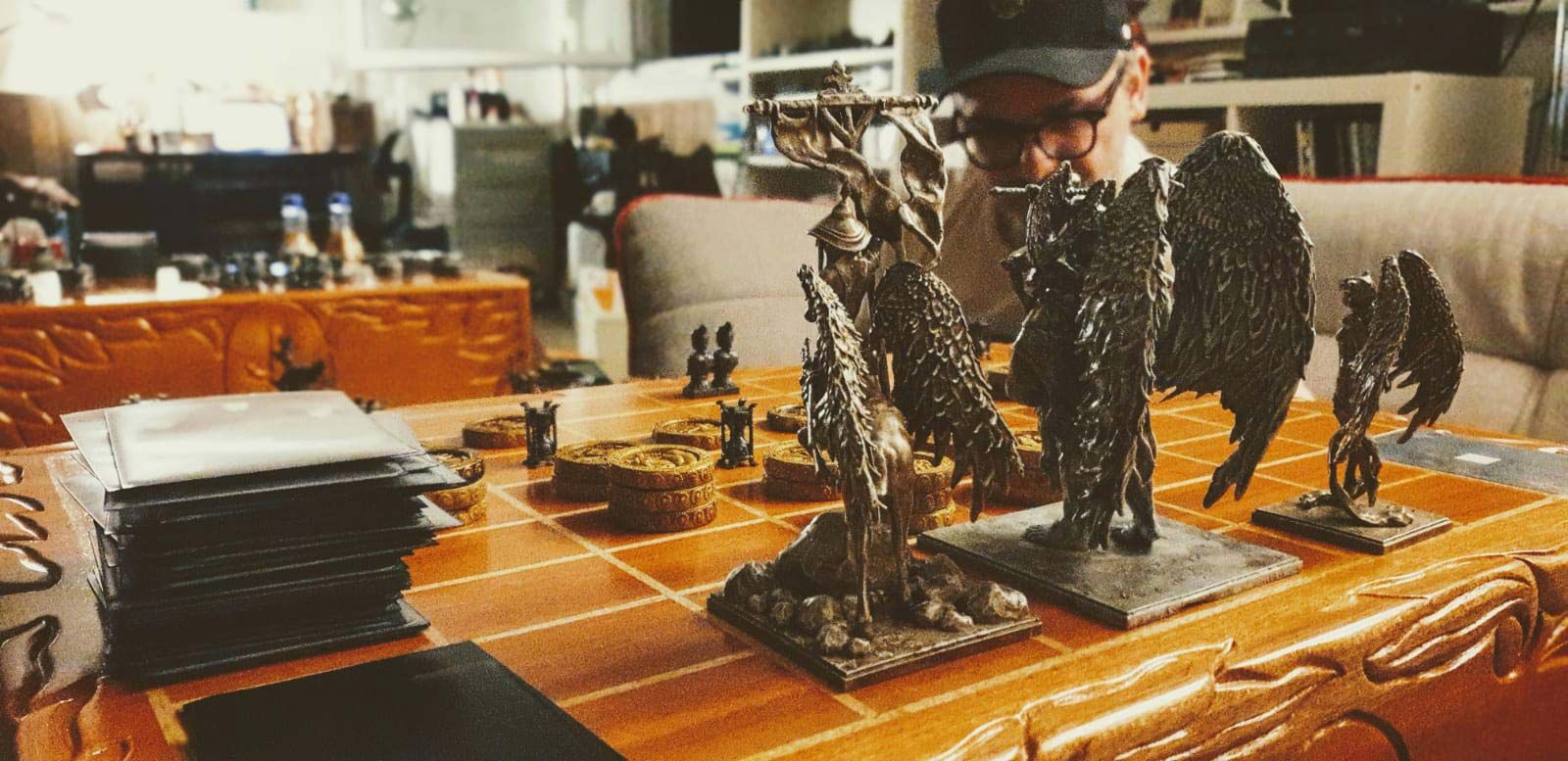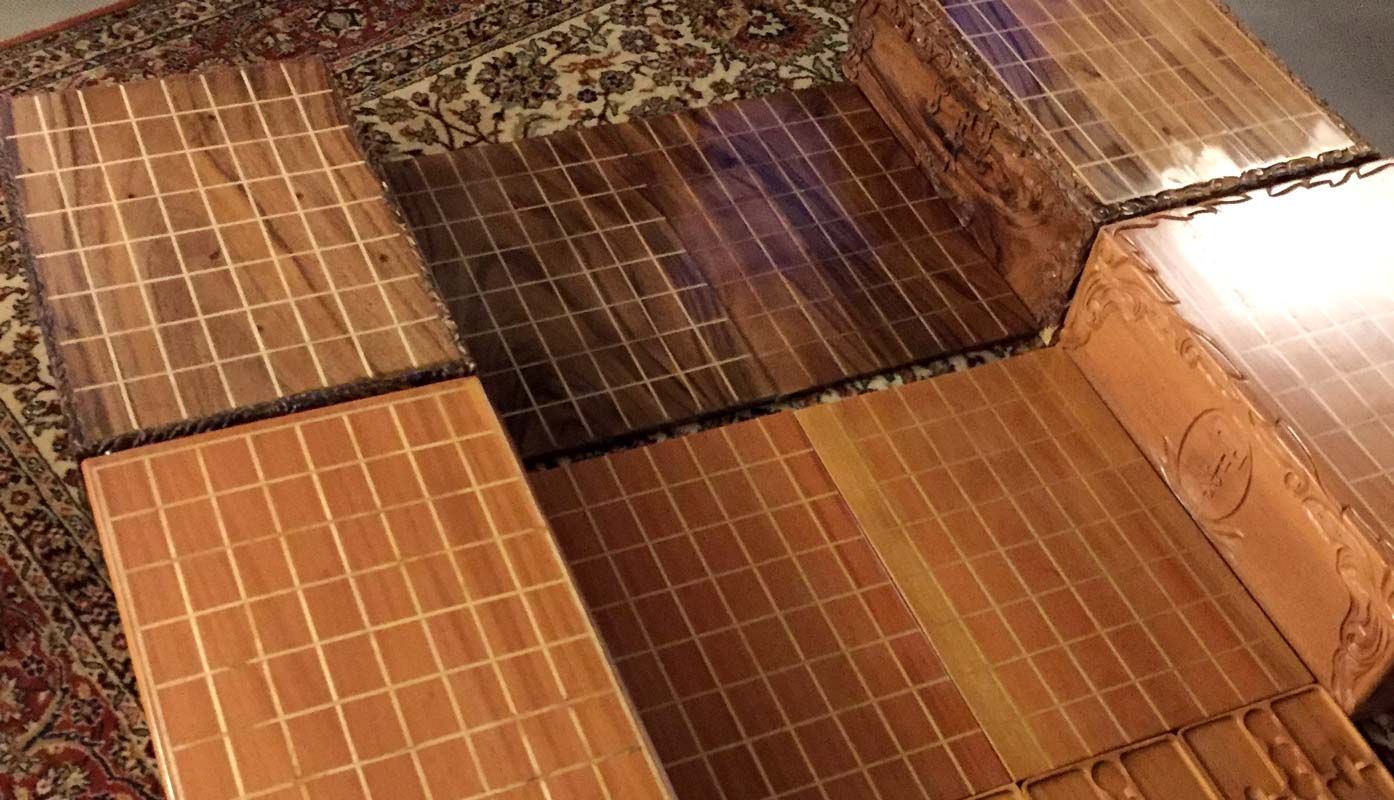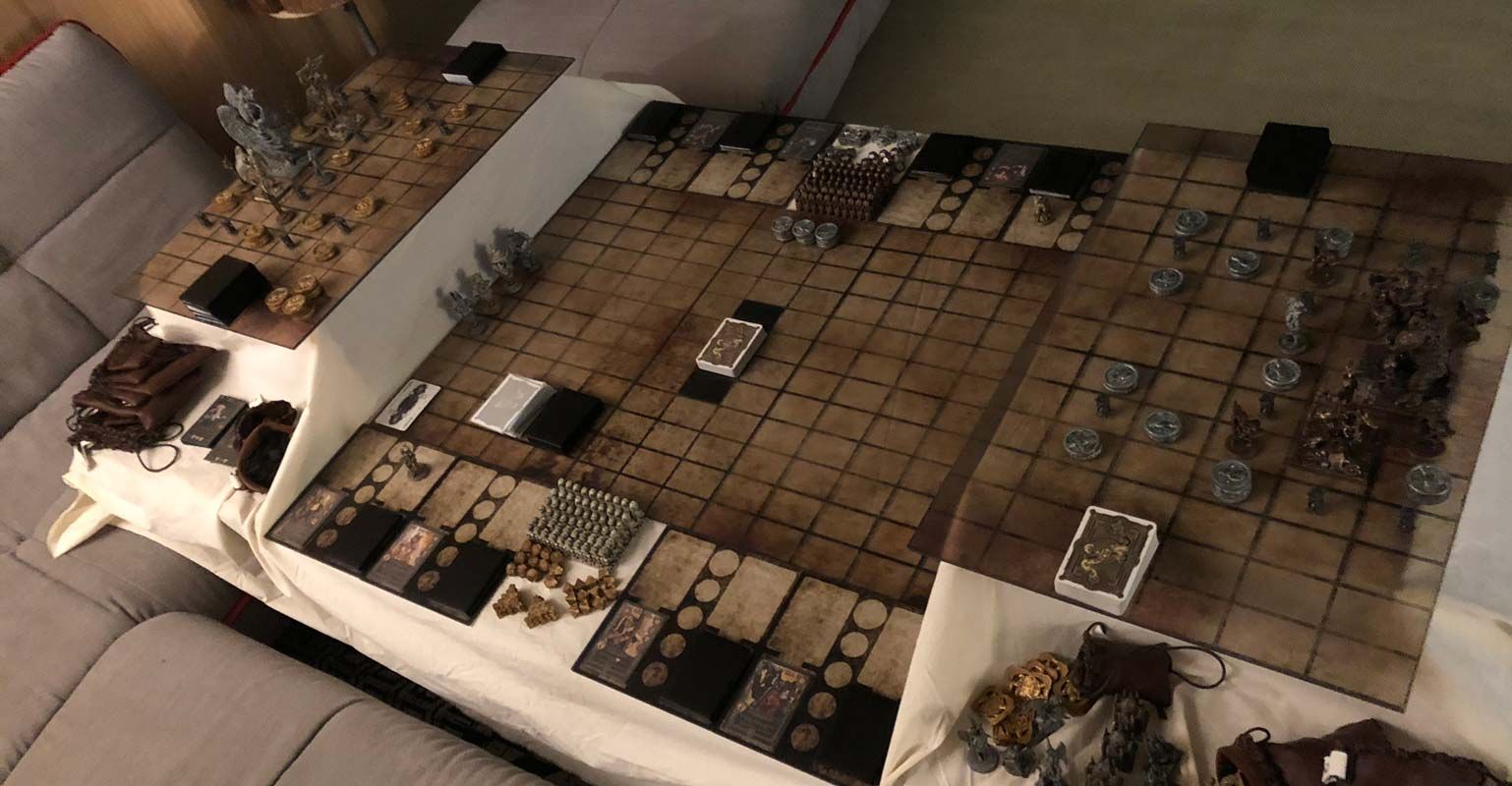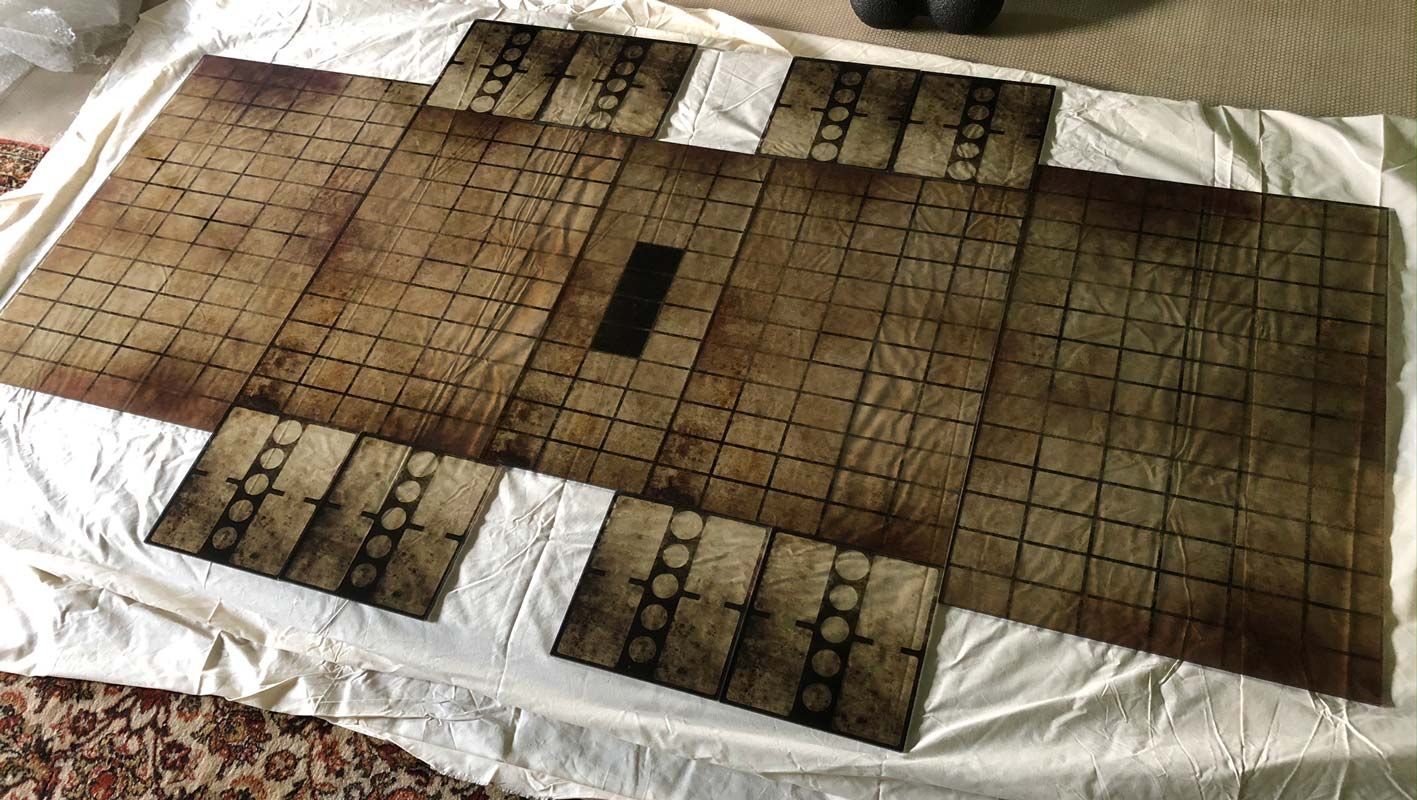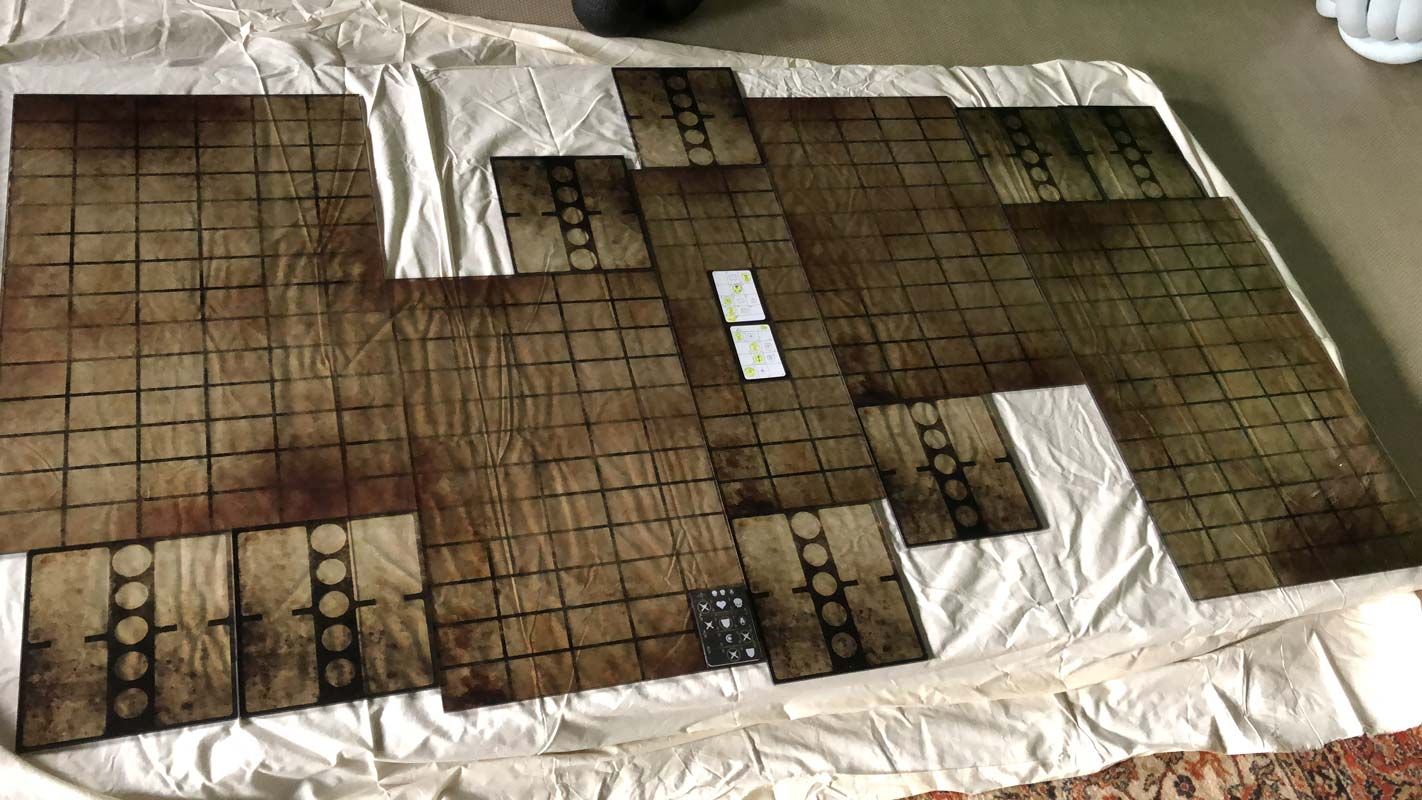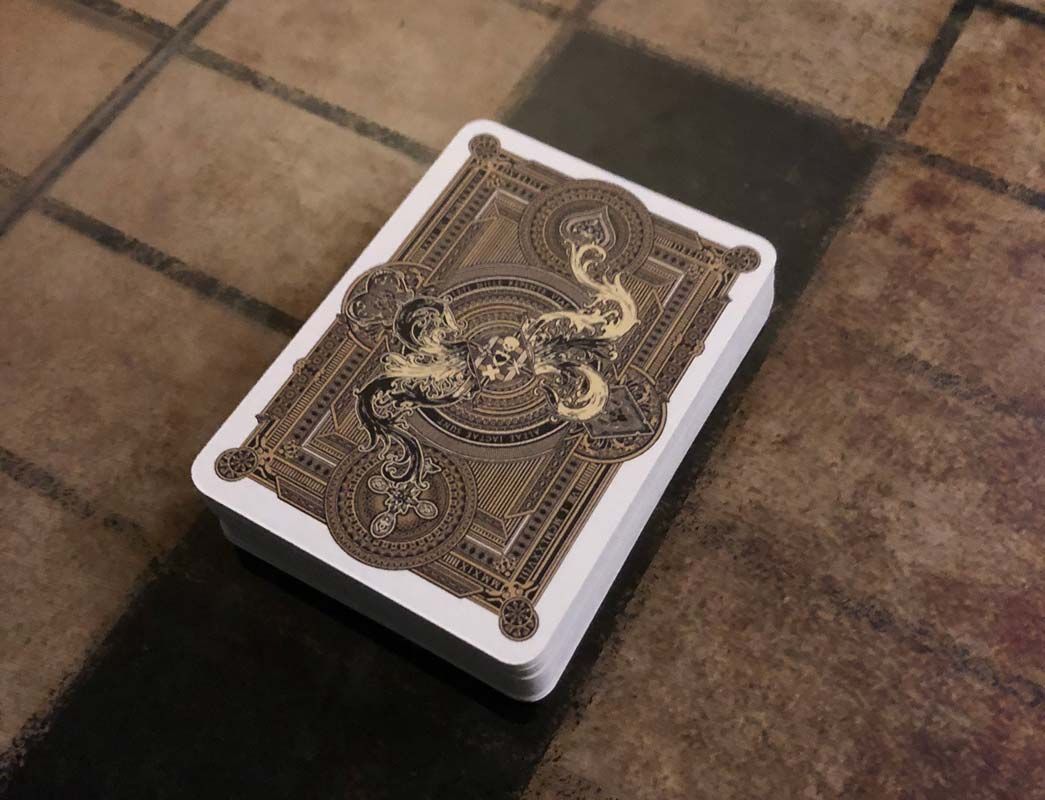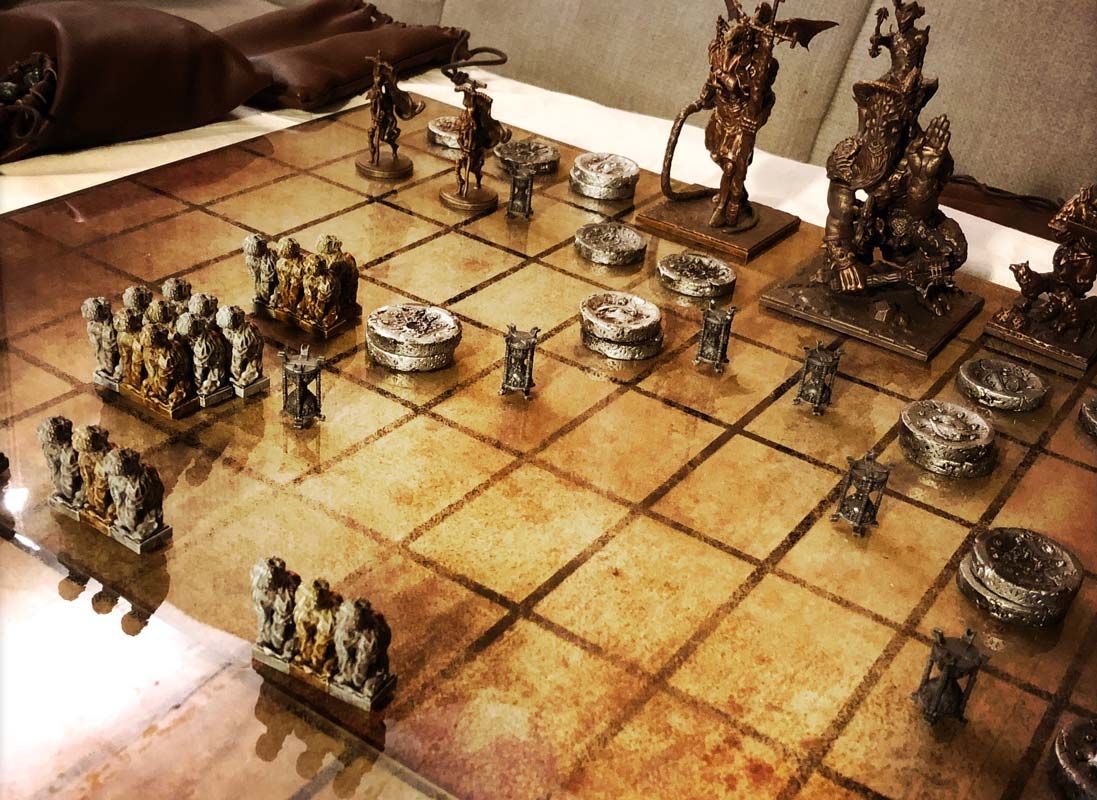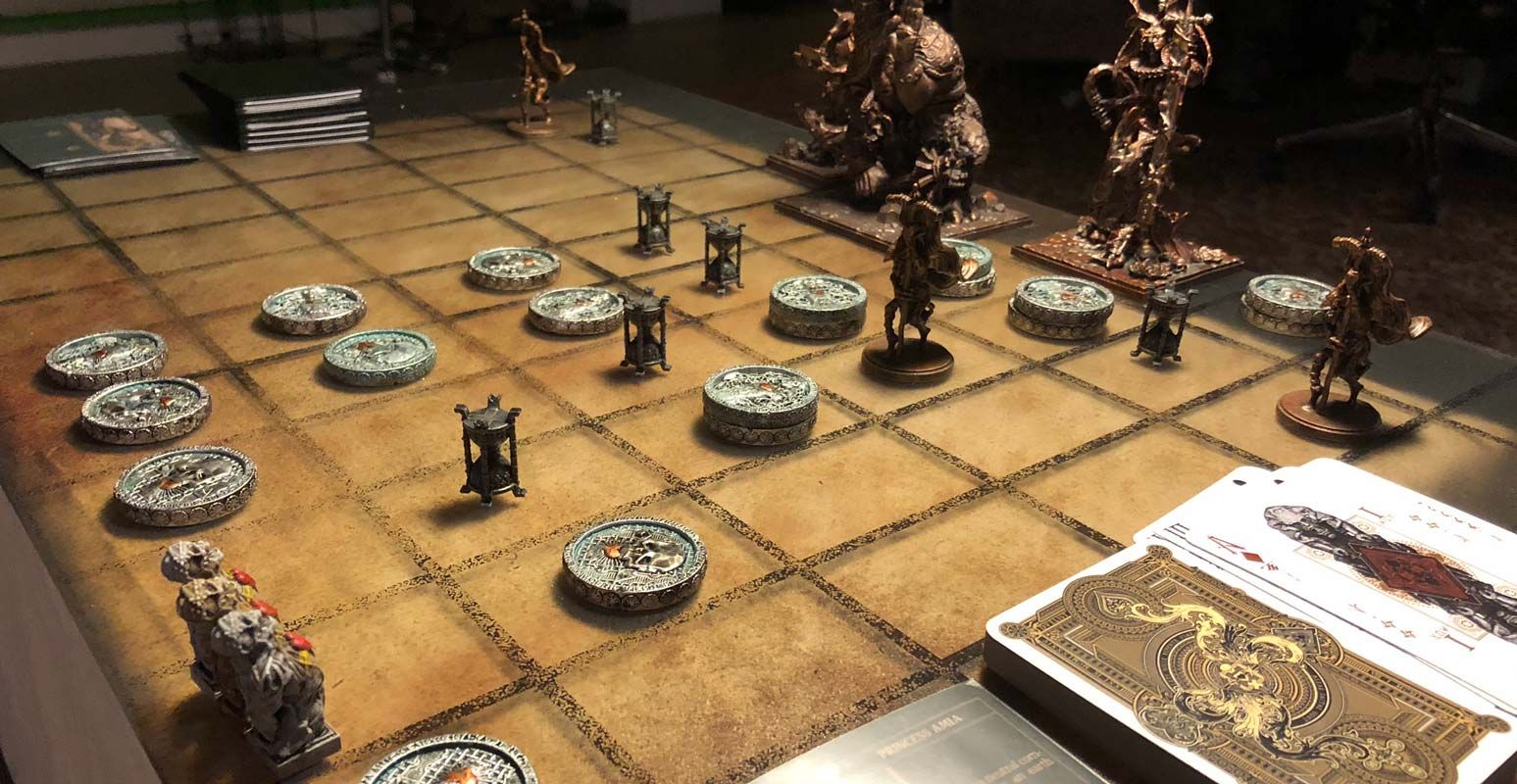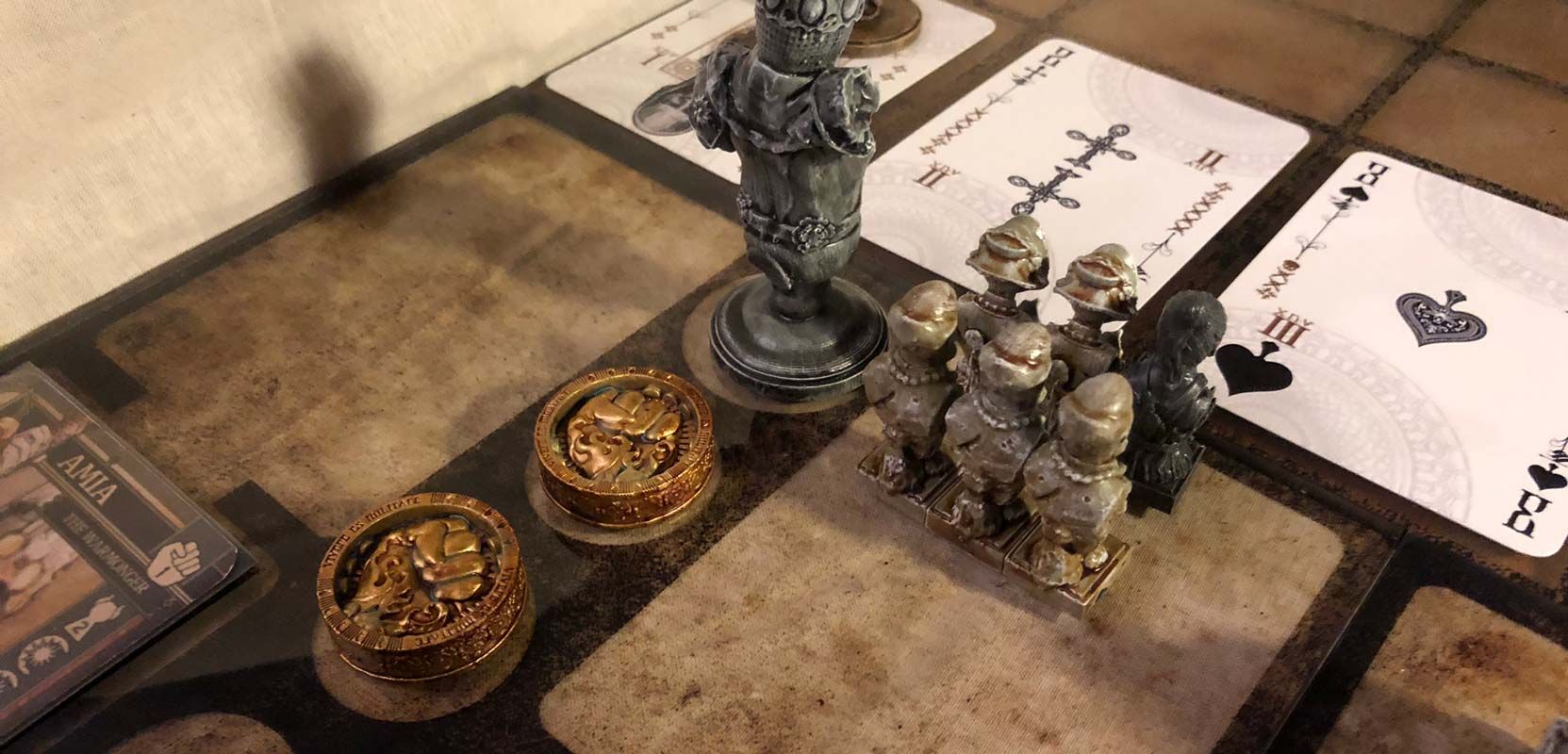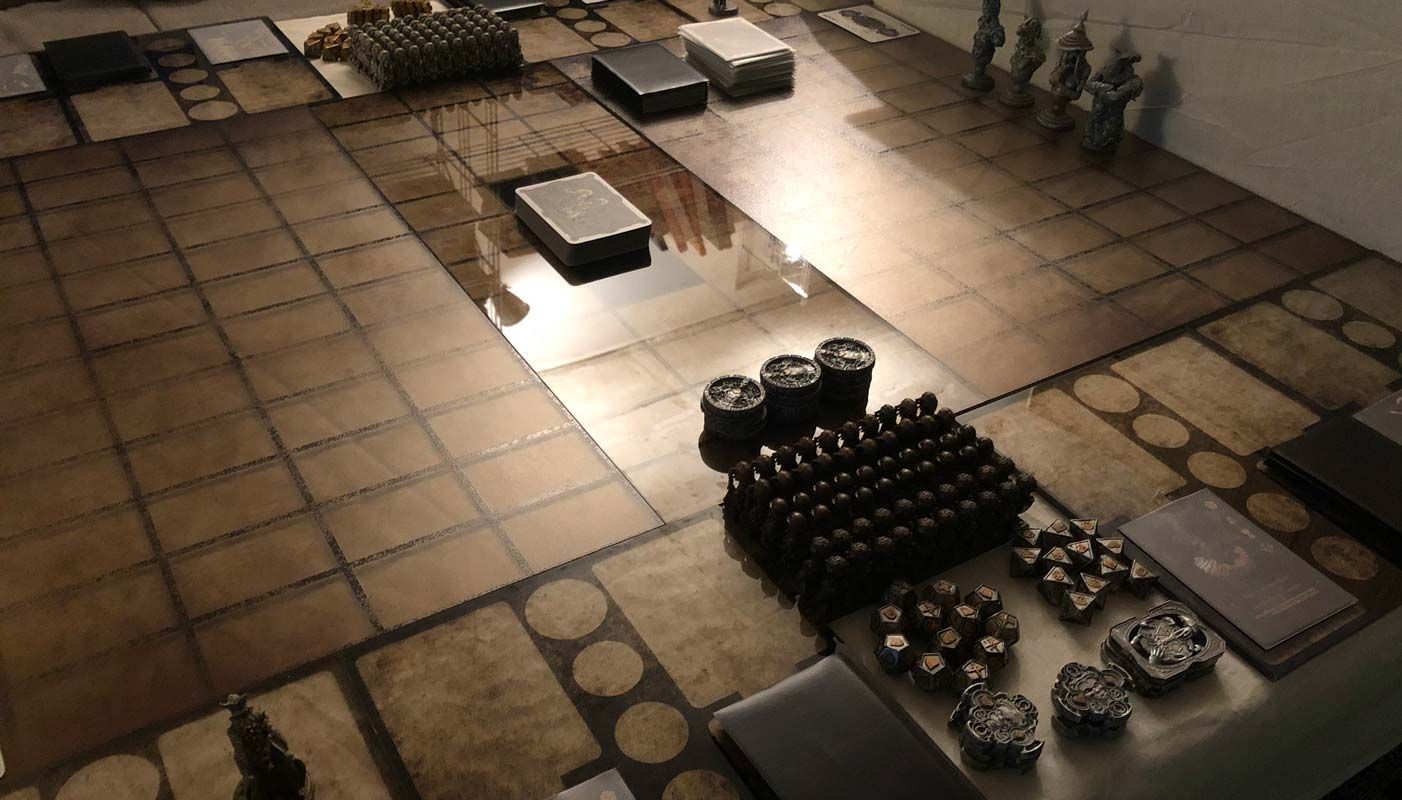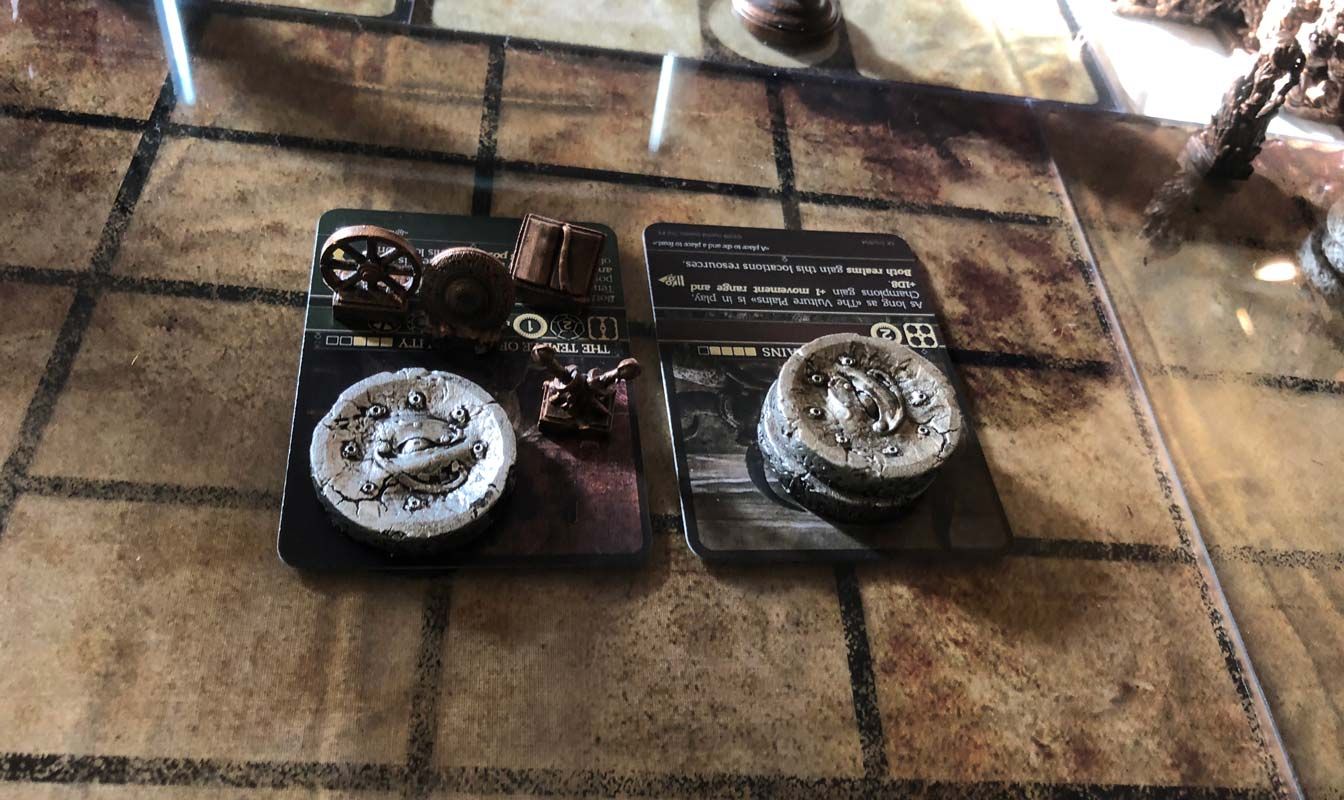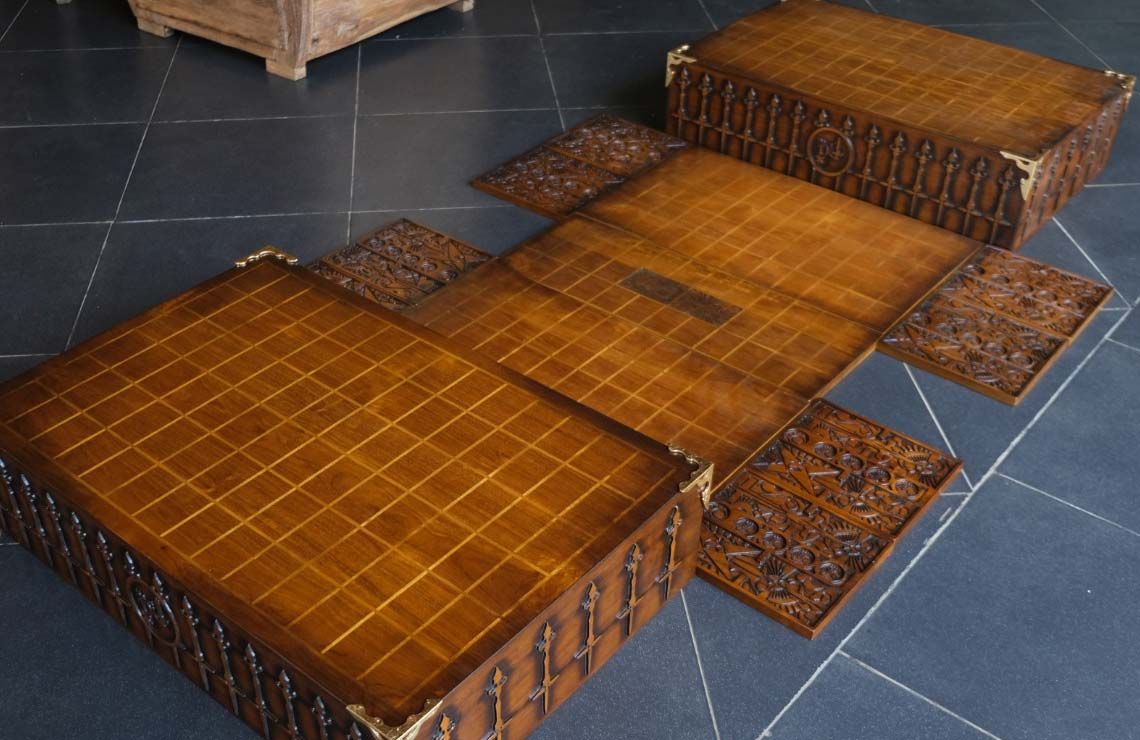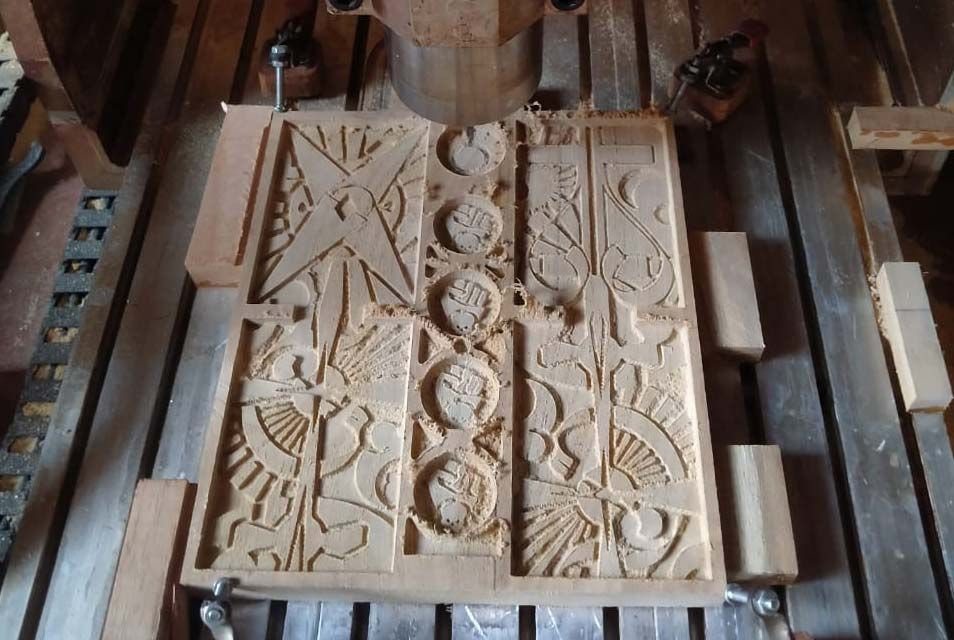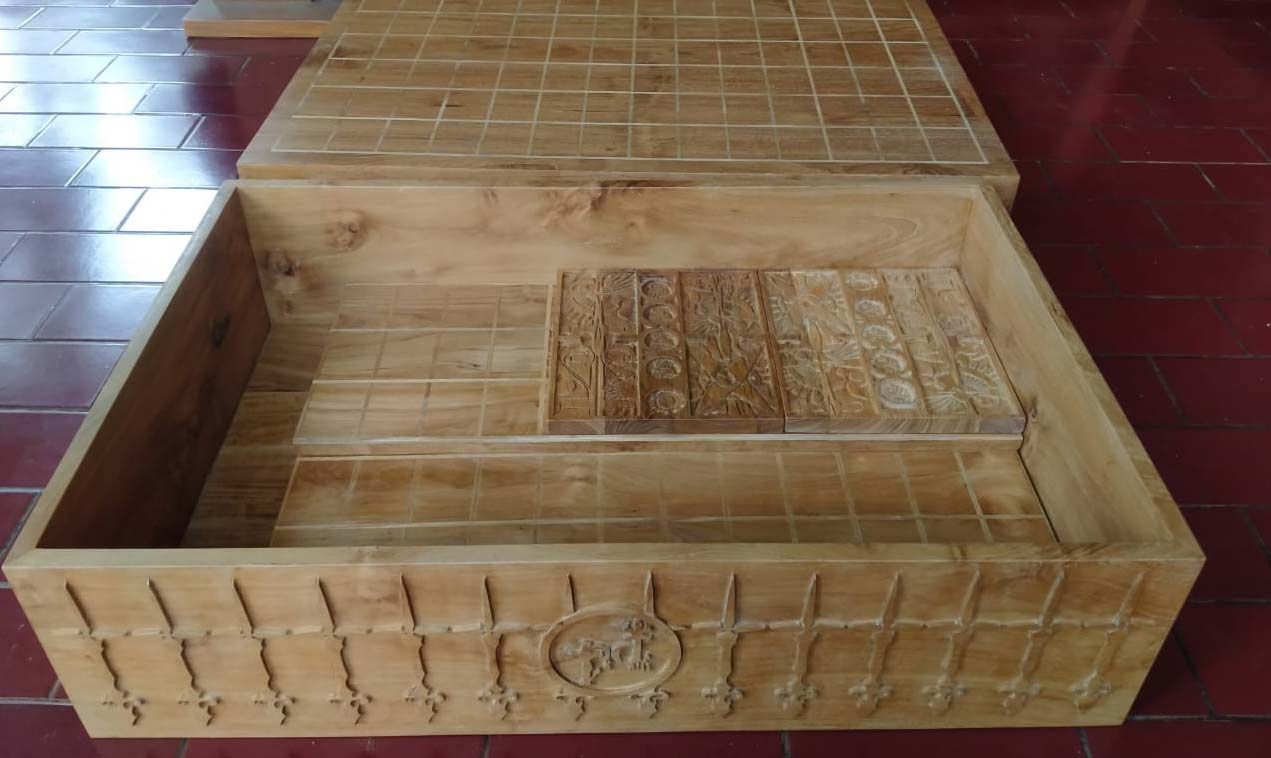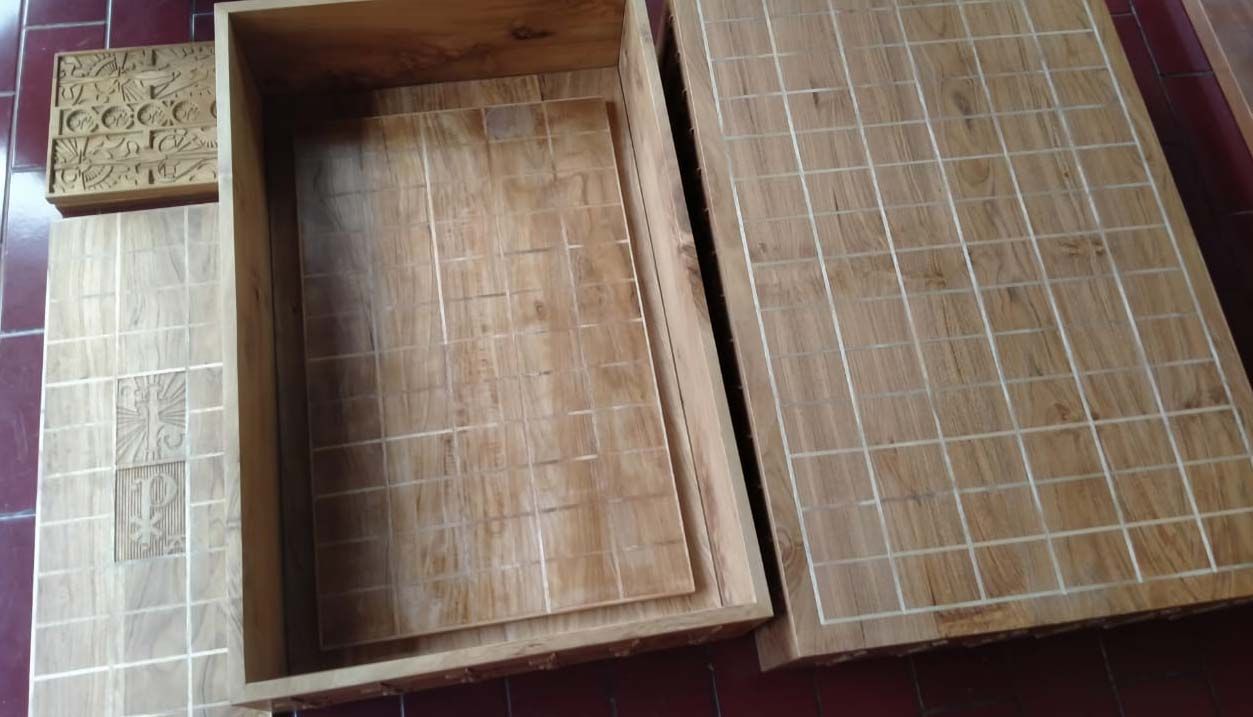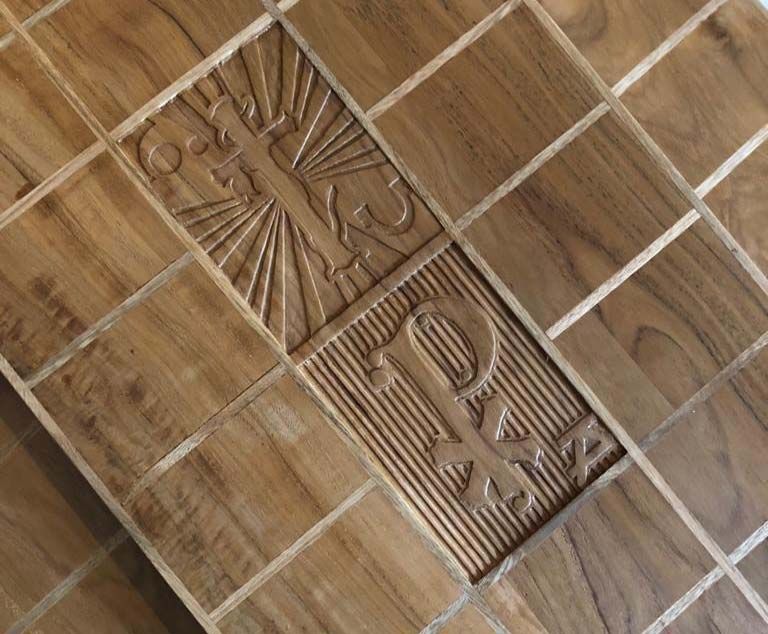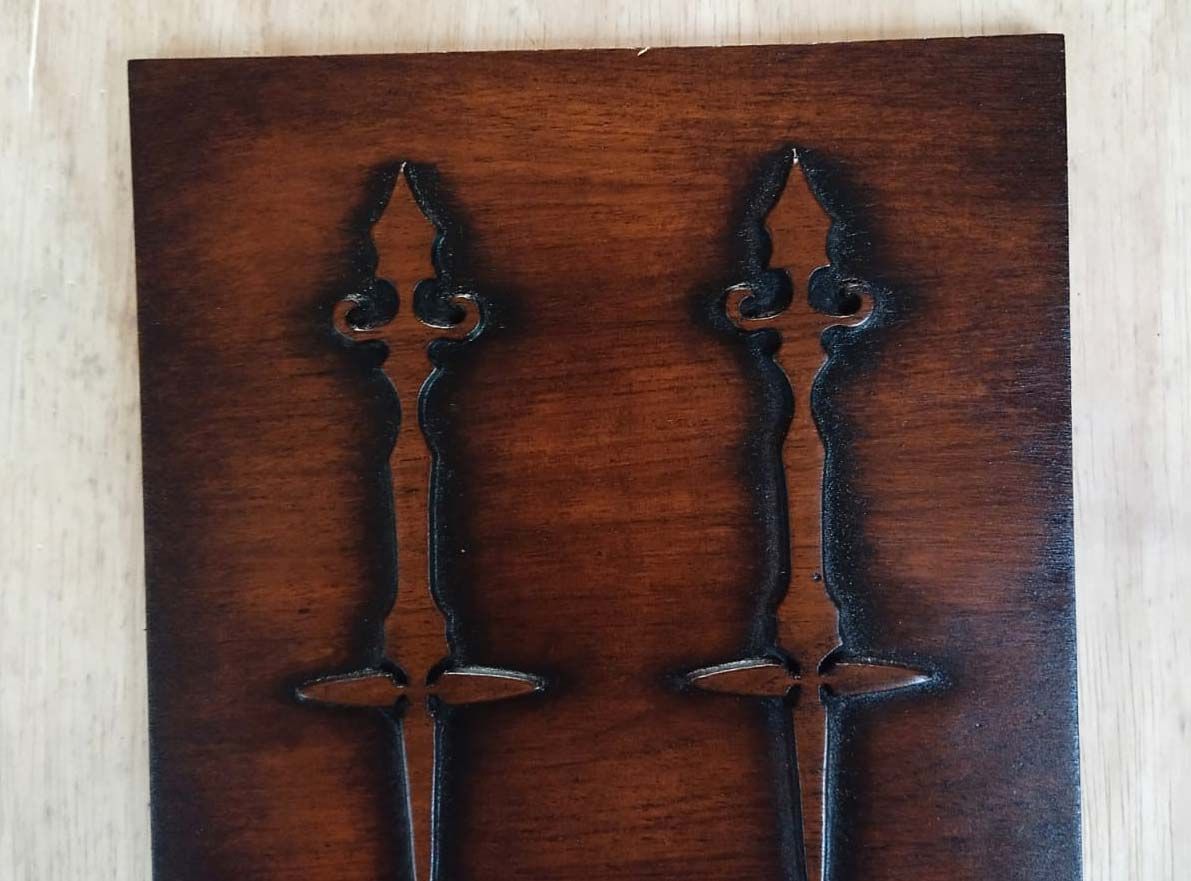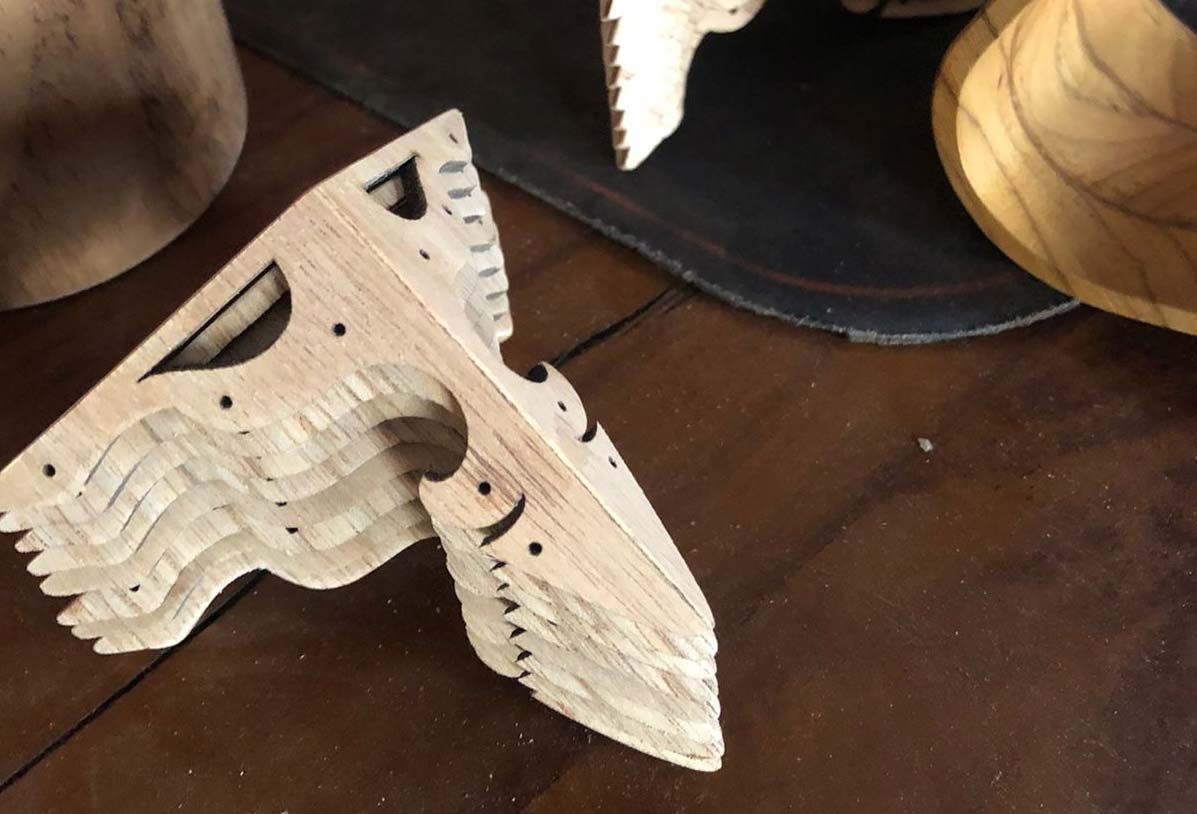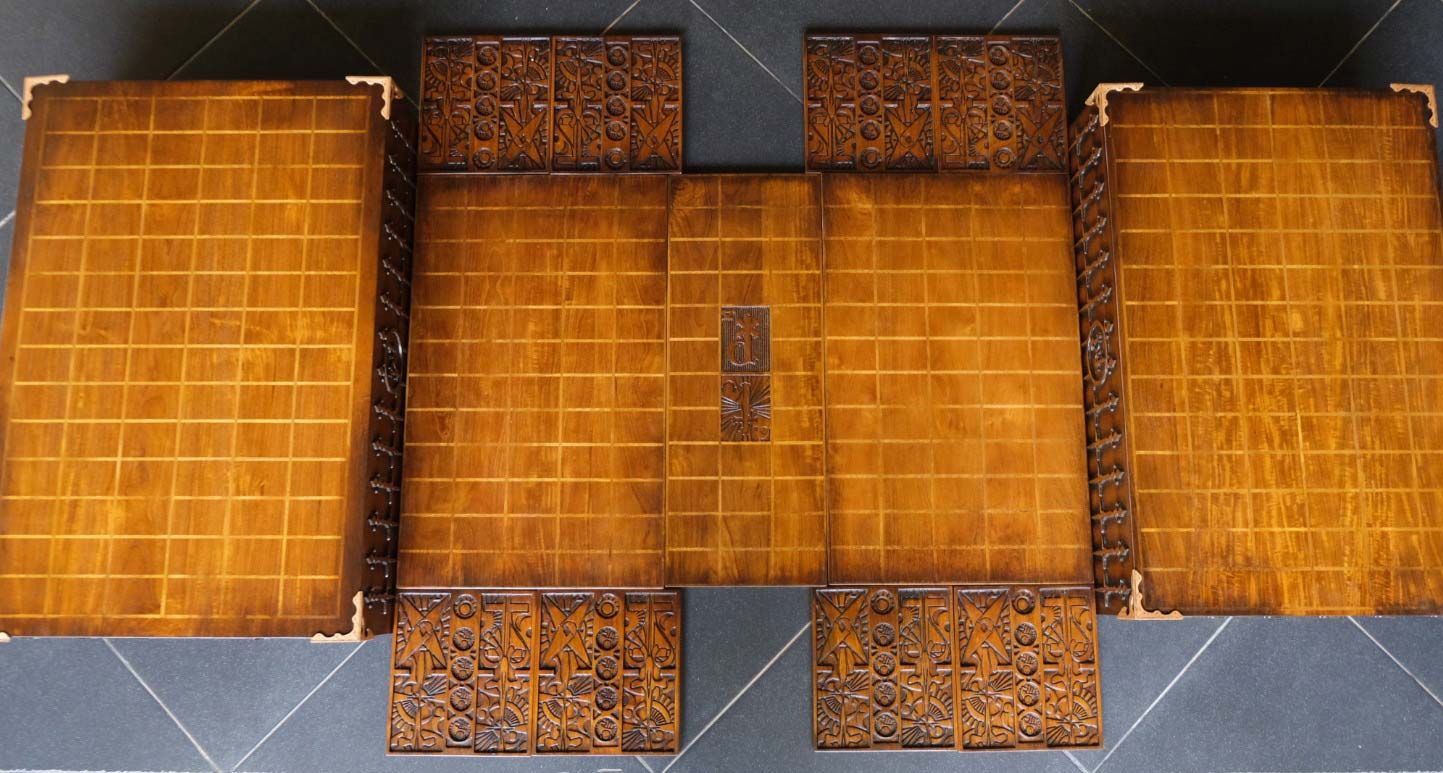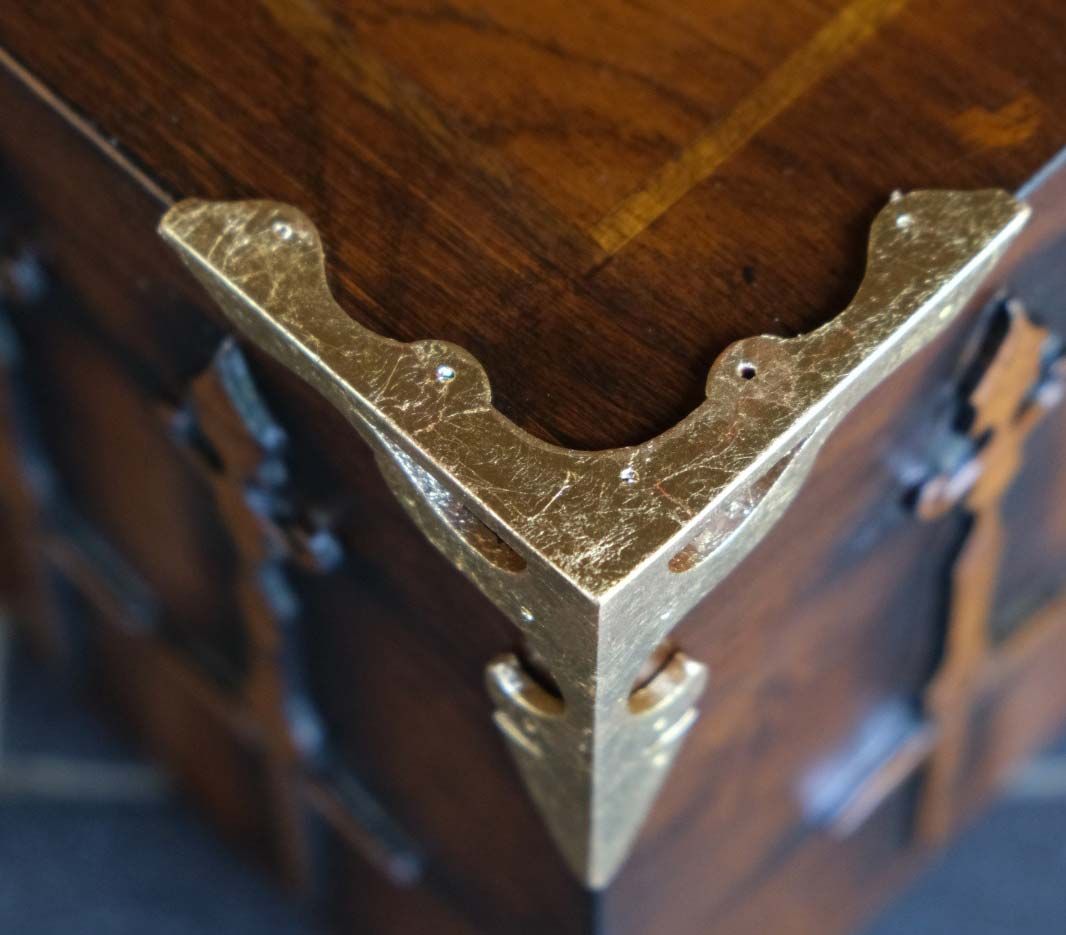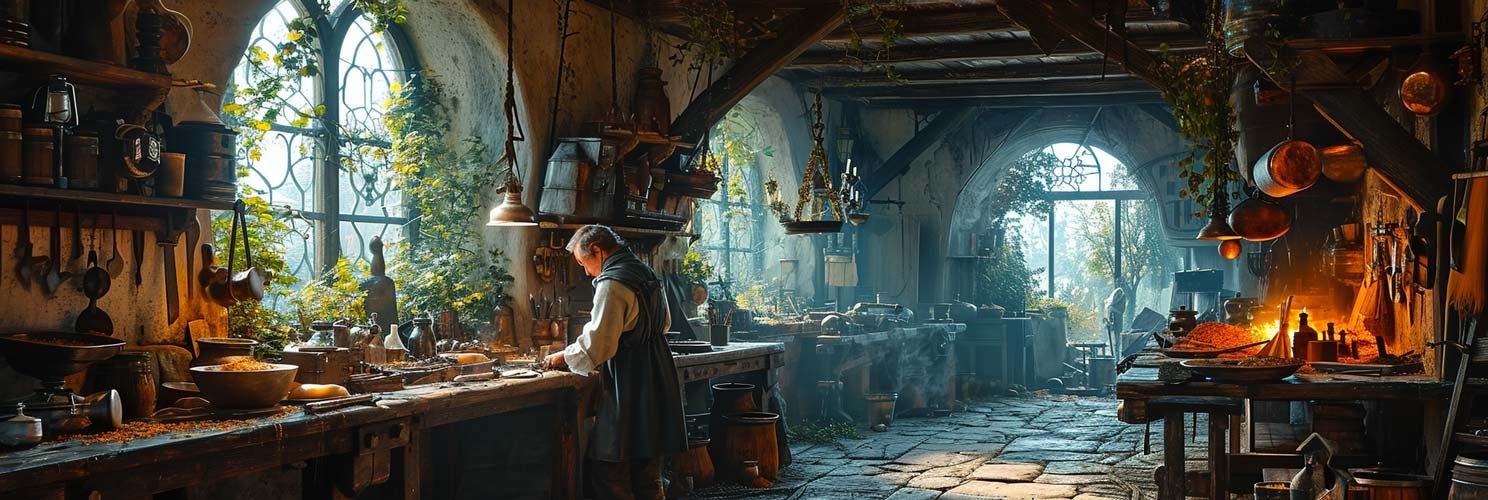
Prototype Gallery
"KILL your Darlings"
A suitable look for the game
If you make a game that has a religious undertone, then you can't create a look that is reminiscent of children's toys. That would be irreverent. The game is irreverent enough, I don't need it in the look and feel of the game!
I want the game to feel like some kind of ancient cathedral, where the player can move the stone or bronze statues that are in the cathedral.
When I started creating the board game in 2018, I had no idea about the scale the board should have. Initially, I envisioned a game board with a 4x4 grid, but quickly realized it was too small. I wanted the game to evoke the feeling of embarking on vast excursions with various kinds of posses, exploring mystical places, and discovering magical artifacts. I improvised the first board using discarded materials found in my apartment, printing and attaching the grid onto it. It became evident that this approach would work.
HOW FAR, HOW FAST, HOW MANY?
The crucial next step was determining the movement speed of characters on the board. I found that small, agile groups could move 2 spaces, medium groups 1 space, and large groups were considered "fortified" and unable to move alone. I measured the maximum distance a group could move within the game and aligned it with the board size. Subsequently, the movement range of monsters and champions was adjusted accordingly.
The aim of the game is to reach different positions. Whoever kills a monster in an enemy realm wins the game. It is also important to reach various important locations on the playing field, explore them and exploit their resources.
This means that the movement ability of the individual groups will always be a very important, if not THE most important factor. Therefore, these movement factors must always be included in the calculation of all possible game states and in the distribution of values to humans, champions and monsters.
WICH MATERIALS TO USE IN SUCH A BOARDGAME?
Over the years, I've built five prototypes, including three made of wood, to explore various materials and construction techniques.
Working with solid wood presented challenges as it tends to warp and develop cracks. While these imperfections may add to the antique aesthetic in prototypes, they need addressing before full-scale production. Thus, continuous prototyping is essential until we find a design resilient to the effects of time and environmental factors like humidity. Here's a gallery showcasing different images from the past years.
As I am the sole contributor to the game, working part-time and tackling one challenge at a time, it sometimes takes a month or two to finalize the design of a new prototype. Currently, I am already immersed in creating the next version, which will involve extensive CNC milling and be intricately connected using the dovetail joint method. I am eagerly anticipating this upcoming iteration.
For the production, I've opted for three distinct types of wood: "Walnut," "Mahogany," and "Teak." Each wood type brings its unique characteristics and contributes to the overall aesthetic of the game.
THE FUTURE

THE NEXT PROTOTYPE FOR 2024
Currently, I am working on the next version of the game board. It will be crafted in ebony and feature a completely new design. The box is being designed in a way that there are holes in the box between the marking arrows. When the box is assembled, the inner part of the box will seal the holes of the outer part of the box, and vice versa. This is intended to create a very interesting visual effect that looks attractive on the gaming table, while also saving 20% in weight.
The future box will also be entirely connected with dovetail joinery, and there will be additional boxes for cards, miniature figures, and compartments for coins and dice. This allows all the game components to be manufactured from a single source.
In line with the new ebony box, which will be adorned with white inlays, there will also be black and white as well as red painting options for the miniatures. I am looking forward to bringing this project to life in 2024.
